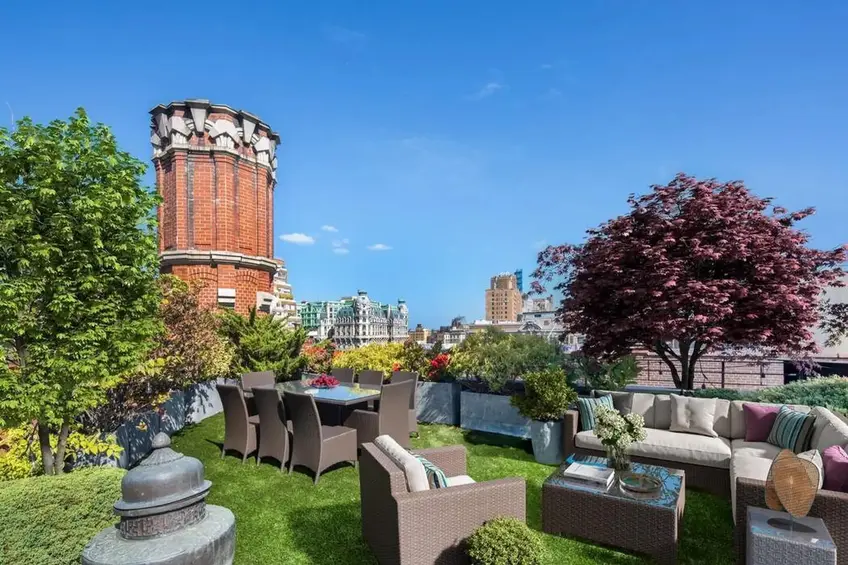 The Dorilton, #PHEAST (Sotheby's International Realty)
The Dorilton, #PHEAST (Sotheby's International Realty)
From physical advantages like increased vitamin D and anti-inflammatory effects to mental health improvements to a sense of accomplishment, there are many benefits to gardening. This was especially clear at the height of lockdown, when "pandemic victory gardens" sprang up to such an extent that garden centers struggled to keep up with demand for fruit and vegetable seeds. Years later, amidst greater concern about produce prices and pesticides, some are taking matters into their own hands and growing their own food and flowers.
In this article:
“There are certain, very stabilizing forces in gardening that can ground us when we are feeling shaky, uncertain, terrified really. It’s these predictable outcomes, predictable rhythms of the garden that are very comforting” – Joel Flagler, professor of horticultural therapy, Rutgers University
During his campaign for mayor in early 2021, Eric Adams spoke in favor of vertical and rooftop farms as a means of bringing nutritious food to low-income communities, creating food-based job opportunities, and promoting environmental awareness. More recently, Mayor Adams’ Green Economy Action Plan seeks to invest in jobs and sectors that will help the city combat climate change; this includes everything from building low-carbon transportation alternatives to work on coastal resilience projects to farming sustainable food.
Mayor Adams' rooftop farming plan is not without precedent. In 2009, Singapore introduced an incentive program where the National Parks Board would fund up to 50% of installation costs of rooftop and vertical greenery. Additionally, a public-private partnership between the Agri-Food and Veterinary Authority of Singapore and vertical farm Sky Greens launched a vertical farm for the roofs of the multi-story buildings that ate up much of Singapore's arable land. Years later, the rooftop farms are among the lush greenery that led to Singapore's designation as "the Garden City," and the benefits of the rooftop farms are becoming clear: The public has an opportunity to learn how their food is grown; closer food production cuts down on transportation costs and carbon emissions; and the resulting vegetables are fresher and more delicious.
However, not all urban gardening needs to take place on such a grand scale. It’s not uncommon to see pots of herbs on the windowsill of an apartment, but some are prepared to take it one step further by turning their private terraces into full-fledged vegetable and/or gardens. But in New York, it isn't always easy to create a beautiful, functional, or compliant garden. From ensuring a roof or terrace can handle the weight of a garden to meeting regulations for railings to selecting plants bound to thrive in the often-extreme environments found on New York City rooftops, it is important to enlist the help of a trained professional in the planning and execution of your project.
The Unique Challenges of Urban Gardening
Spaces in urban, suburban, and rural settings alike pose unique challenges, but urban gardens can still present some especially extreme conditions. Depending on the location of your outdoor space, high wind, intense heat, and excessive shade are all common problems in New York City. Todd Haiman of Todd Haiman Landscape Design is a landscape designer who has helped hundreds of New Yorkers imagine and create urban oases in surprising locations. For Haiman, every project is a new beginning: “There is always something new to learn whether you’re working in an urban or rural space, but urban spaces do pose some unique challenges.”
Haiman has found that since many New Yorkers live in small spaces, they want their gardens to truly serve as extensions of their indoor living spaces, especially in a new class of maisonette apartments that opens up to private backyards that can easily be turned into gardens. Of course, to do this, one needs to consider factors that many suburban and rural gardeners may be able to more easily ignore, including privacy. As Haiman explains, “Privacy is a major issue for people in New York, but there are restrictions about putting up high fences, so you have to ask yourself, how you can create privacy despite these restrictions? I work with clients to consider various options. Some people use evergreens or ornamental grasses to create a screen, but the choice really depends on your specific situation.”
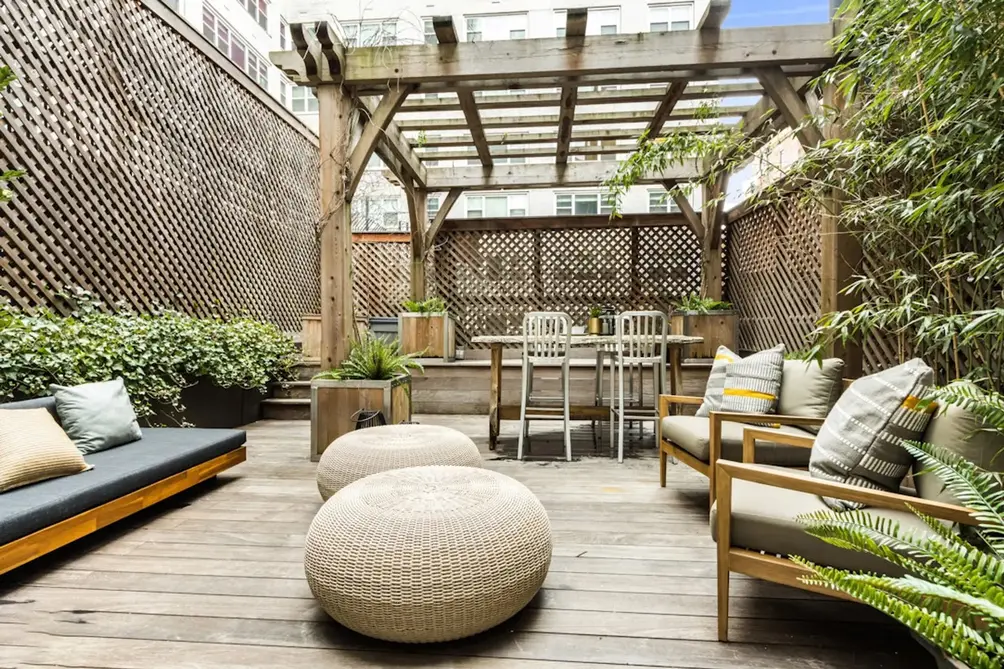 Private garden off parlor residence (104 West 13th Street, #GARDENHOME - Brown Harris Stevens)
Private garden off parlor residence (104 West 13th Street, #GARDENHOME - Brown Harris Stevens)
Structural and Legal Limitations
Even if some flowers and shrubs are bound to flourish more than others, owners usually have at least some choice when it comes to selecting plants for the garden. The same is not true when it comes to building structures. Indeed, in New York City, even though you don’t generally require a permit to install a garden, restrictions are the rule of the day.
If you’re hoping to build a rooftop garden, for example, you’ll need to hire a structural engineer to determine how much weight your rooftop can handle and where it will be safest to place planters. NYC building codes also require adequate railings that are at least 42-inches tall and if you want to avoid a fire violation, you’ll need to limit wood coverage to no more than 49% of the rooftop, ensure you have both a water source available, and if your garden exceeds 250 square feet, you’ll also need a fire extinguisher.
Once you’ve troubleshot all the specific requirements imposed by the city, you may find yourself facing a final hurdle: your condo or co-op board. As Haiman emphasizes, “In my experience when the design is finished, tenants nearly always need to present it to their building. The board will want to know that you’re protecting the building itself. In some cases, the building will provide parameters in which to work and this may include weight restrictions. Some buildings will want you to bring the plan back for a second reading. This is something you should expect and factor in when you’re thinking about your timeframe.”
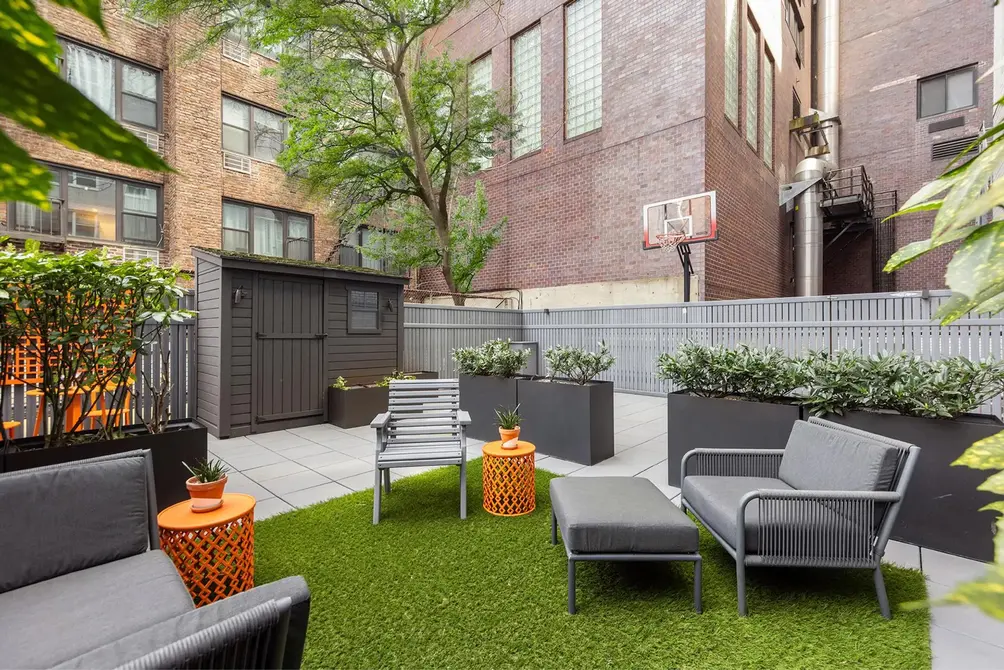 Not a suburban backyard, but a terrace off a Manhattan apartment (The Caravelle, #1F - Douglas Elliman)
Not a suburban backyard, but a terrace off a Manhattan apartment (The Caravelle, #1F - Douglas Elliman)
Should You Hire a Landscape Designer or Landscape Architect?
While enlisting the help of an expert is evidently advised, this leaves a final round of questions: Should you hire a landscape designer or landscape architect? If so, what is the difference?
When deciding whether to hire a landscape designer or landscape architect, the first consider the scale of your project. Generally, smaller residential projects can be tackled by designers while larger projects (e.g., a garden occupying the roof of an entire high-rise condo building) will require a landscape architect. Second, consider the complexity of the project. If you need extensive construction carried out, you’ll likely need an architect rather than a designer, even if they do frequently offer overlapping advice.
If you’re looking for a landscape designer, it can be somewhat tricky since designers don’t technically need a degree nor license to practice. That said, many NYC-based landscape designers have years of training and are credentialed. Haiman, for example, has a master of science in landscape design from Columbia University, training from the New York Botanical Gardens’ School of Professional Horticulture and Landscape Design, and is a member of the Association of Professional Landscape Designers and Royal Horticultural Society. If you need to hire a landscape architect, however, they must hold an architecture degree from a recognized school of architecture and hold a state license to practice.
Beyond credentials and licenses, however, Haiman emphasizes that it is still important to find someone whose work matches your own aesthetic. Of course, sometimes clients know they want a garden but are still unclear about the possibilities. As a result, he says part of his job is about helping clients gain a better understanding their needs, wants, and the potential of their available space: “Part of my job is understanding who the users are and how they want to use the space and how long they want to use the space for. If someone only wants to use the space for five years, they will make different decisions about how to landscape. Basically, I’m the car who brings you where they are going.” While Haiman emphasizes aesthetics in choosing a designer, it is important to note that most landscape designers have many years of formal training.
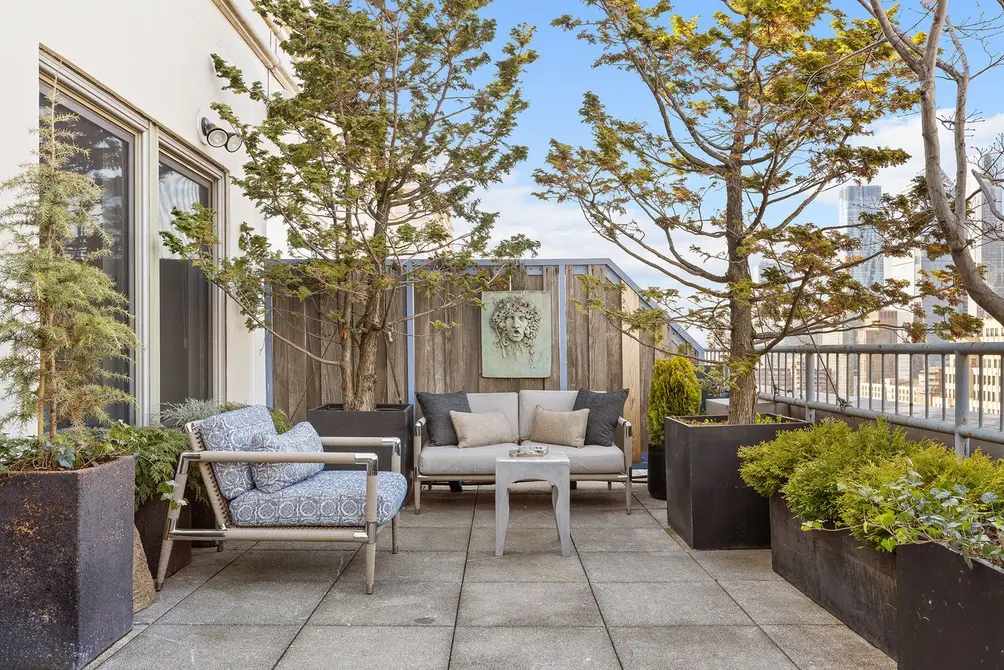 The best of both worlds - a landscaped terrace with city views (Chelsea Mercantile, #PHG - Compass)
The best of both worlds - a landscaped terrace with city views (Chelsea Mercantile, #PHG - Compass)
Would you like to tour any of these properties?
Just complete the info below.
Or call us at (212) 755-5544
The Process of Working with a Landscape Designer or Architect
Whether you’re working with a landscape designer or landscape architect, you should expect to have an on-site meeting to discuss your needs. During this meeting, the designer or architect will start to draft a creative plan for the project and may recommend that you call in an outside structural engineer. This will likely be followed up by another on-site meeting at which time a more thorough on-site inventory will be carried out to determine the best way to make your outdoor space functional and compliant.
Once you’ve dealt with structural issues and have a clear plan in place, however, what happens next is up to you. As Haiman emphasizes, “I try to emphasize to clients that they have the ability to define nature and when you bring nature in, you’re also bringing in entertainment. You can do all sorts of things to attract butterflies and birds to your garden—planning a garden is about much more than simply selecting plants.”
Once you’ve dealt with structural issues and have a clear plan in place, however, what happens next is up to you. As Haiman emphasizes, “I try to emphasize to clients that they have the ability to define nature and when you bring nature in, you’re also bringing in entertainment. You can do all sorts of things to attract butterflies and birds to your garden—planning a garden is about much more than simply selecting plants.”
Great Garden Apartments
323 East 53rd Street, #GARDENSUITE
$775,000 (-22.1%)
Midtown East | Condominium | Studio, 1 Bath | 552 ft2
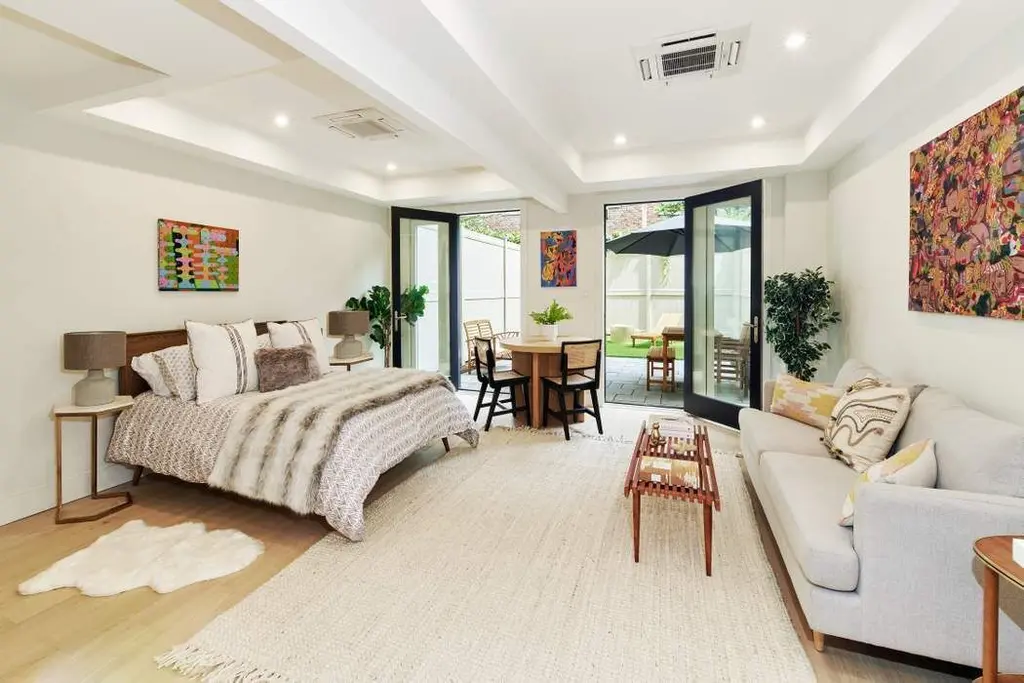
323 East 53rd Street, #GARDENSUITE (Sothebys International Realty)
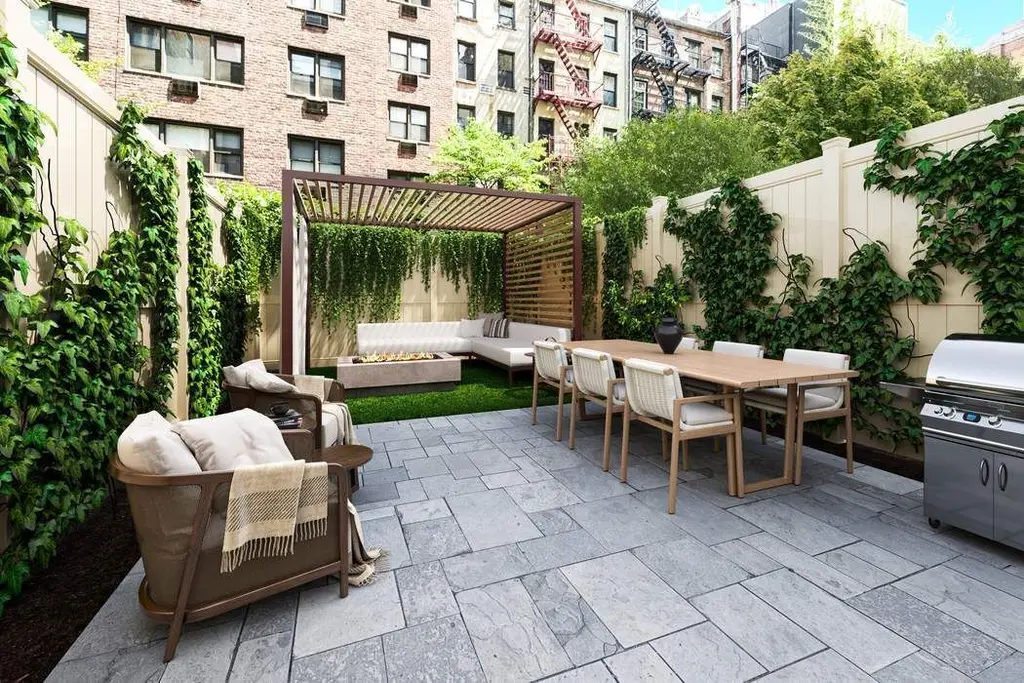
132 West 123rd Street, #GARDEN
$1,000,000 (-13%)
Harlem | Condominium | 2 Bedrooms, 1 Bath | 1,018 ft2
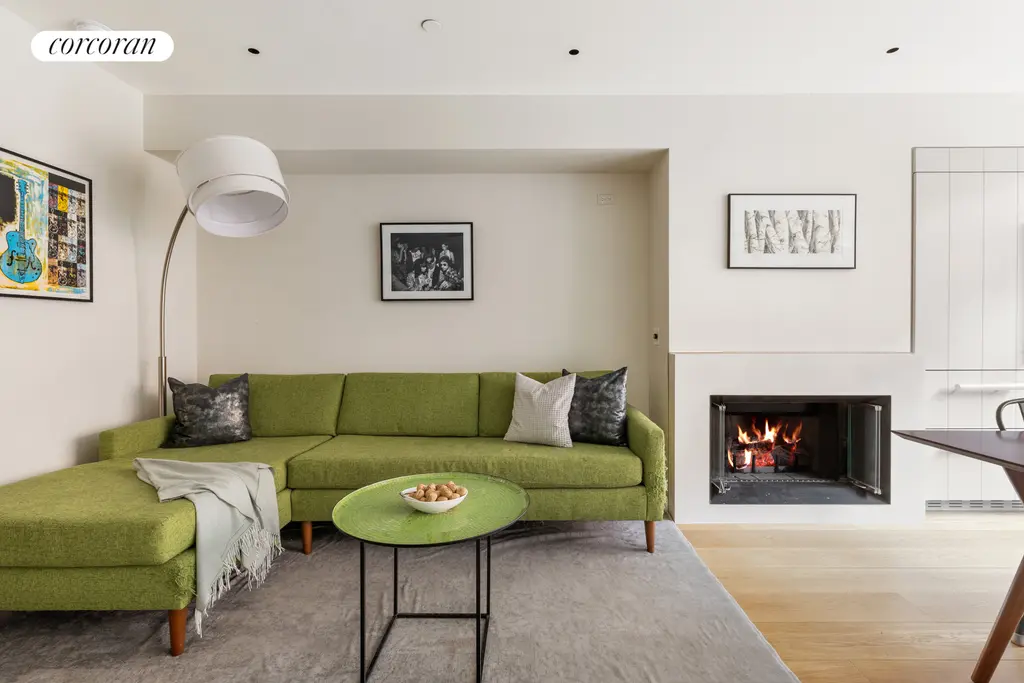
132 West 123rd Street, #GARDEN (Corcoran Group)
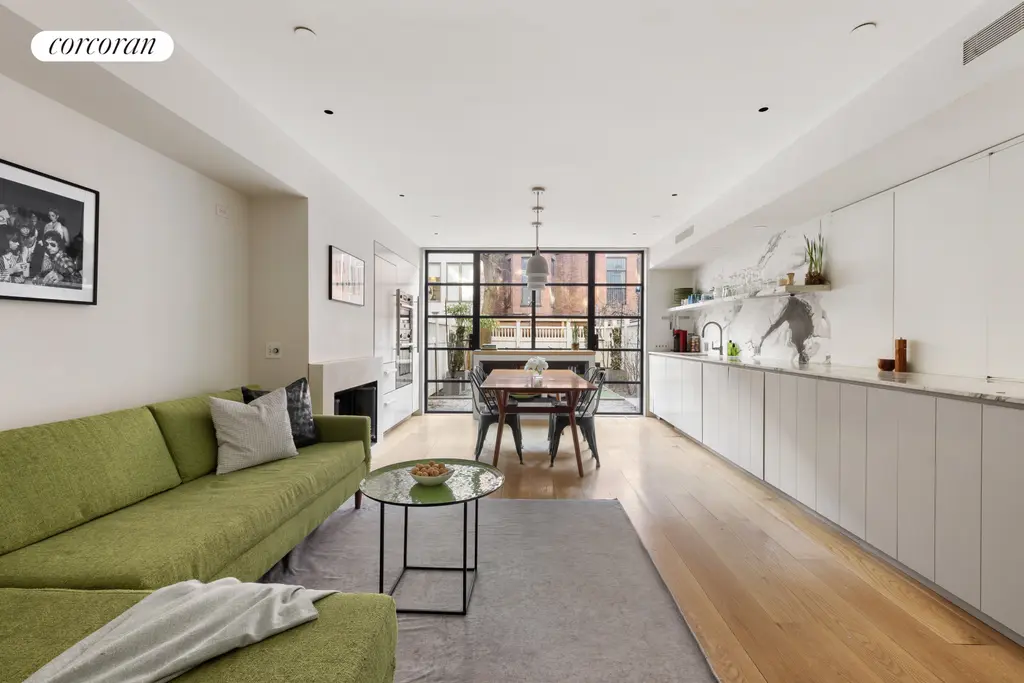
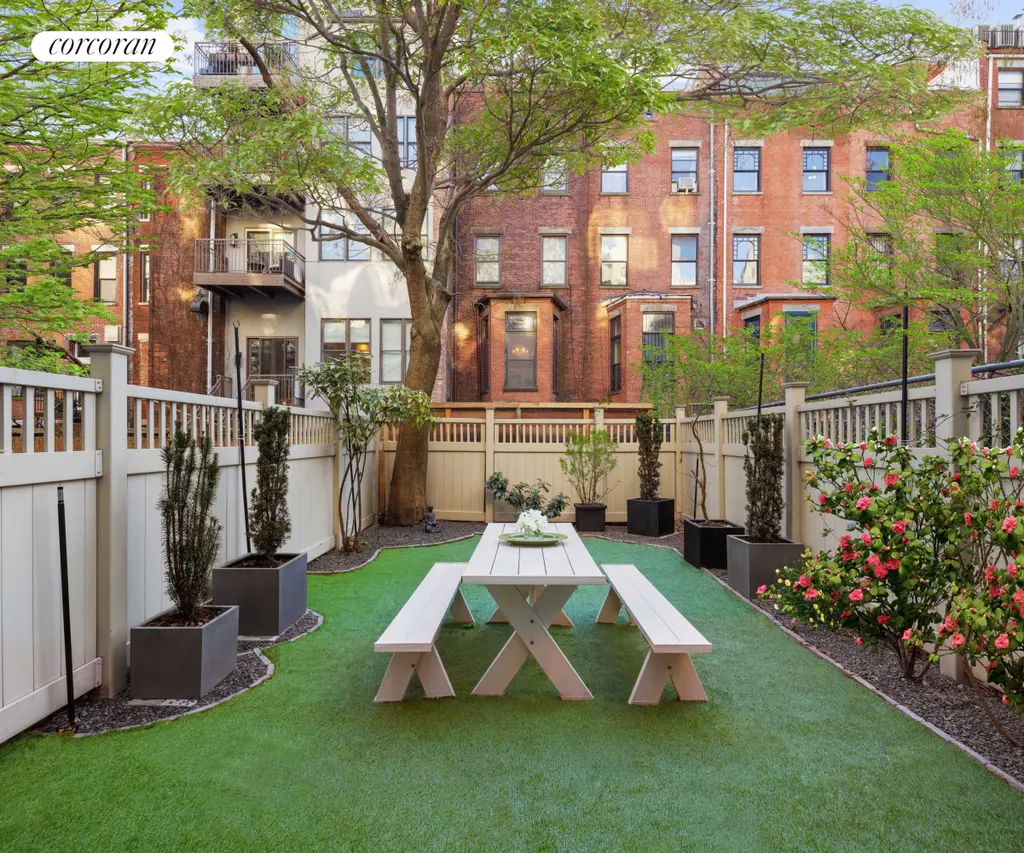
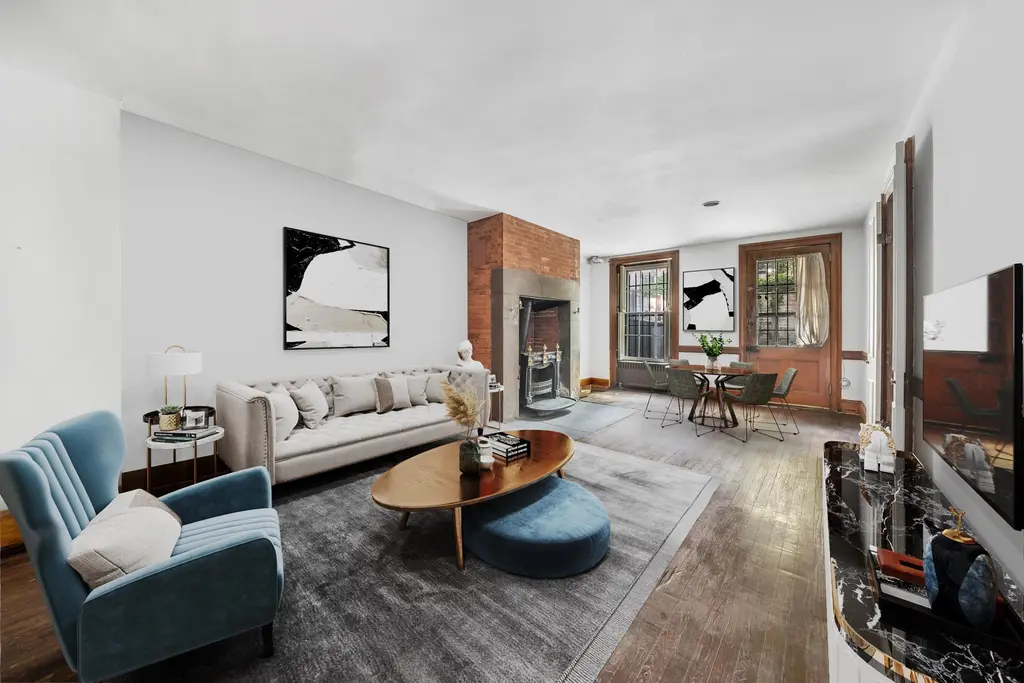
427 West 21st Street, #GARDEN (Douglas Elliman Real Estate)
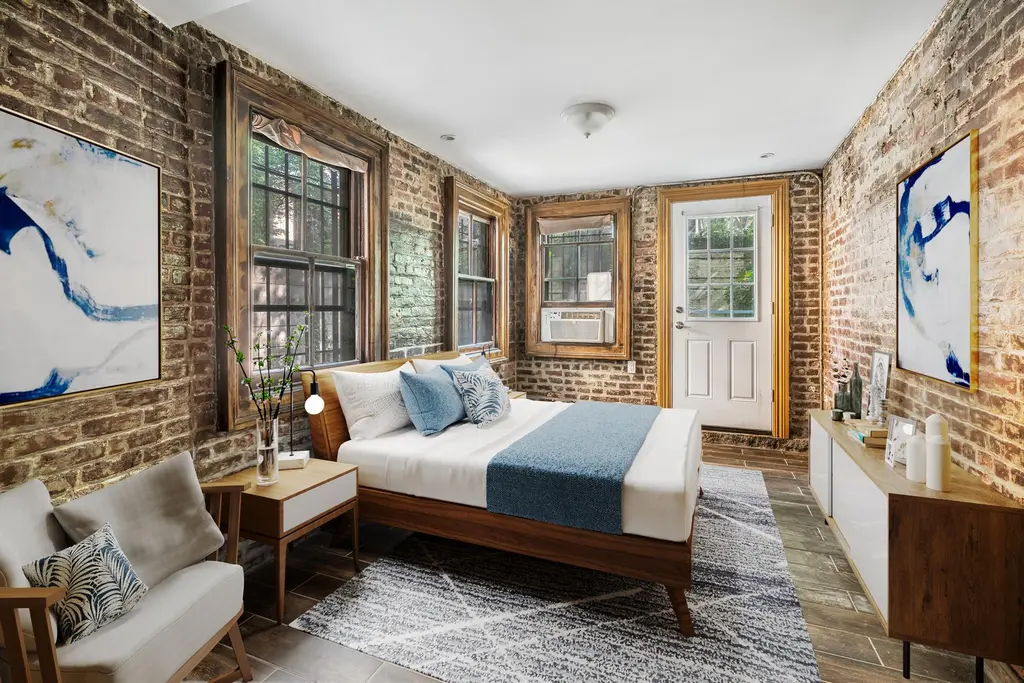
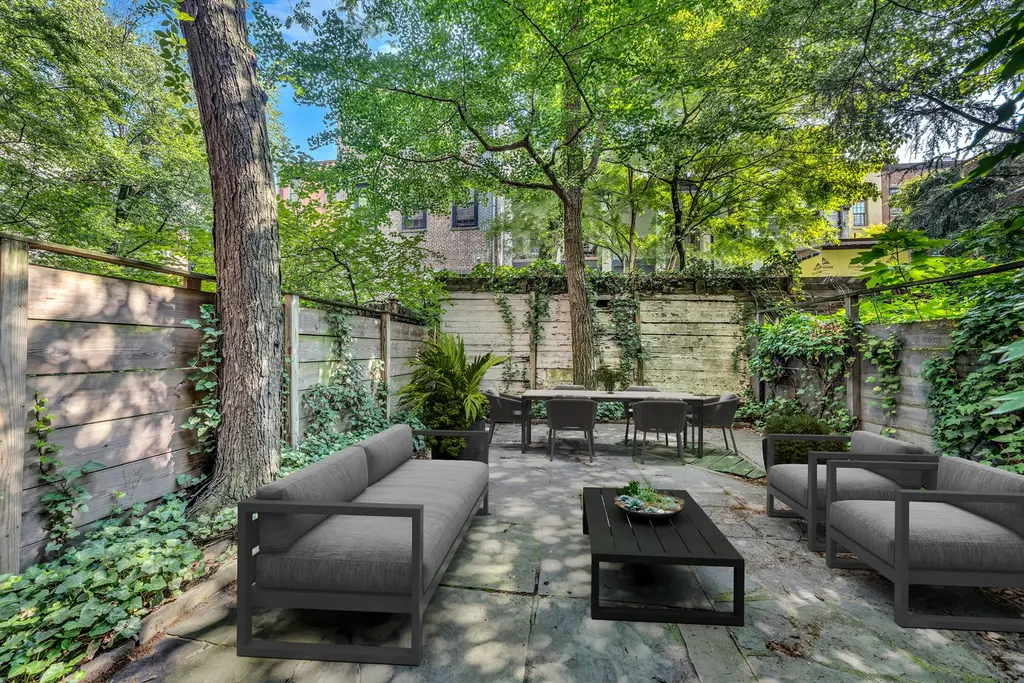
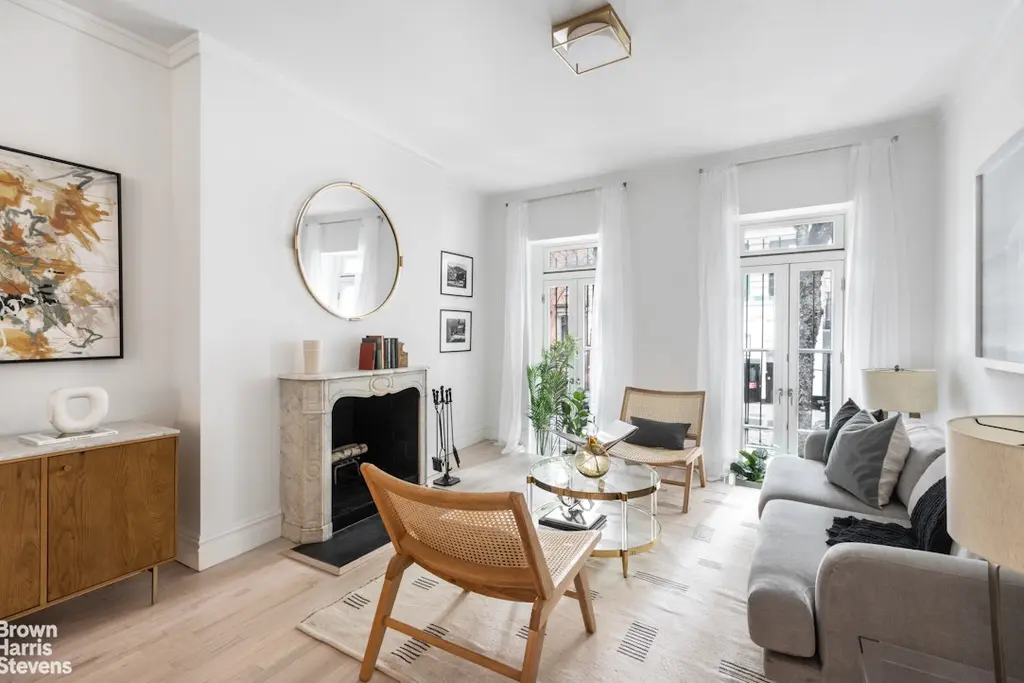
104 West 13th Street, #GARDENHOME (Brown Harris Stevens Residential Sales LLC)
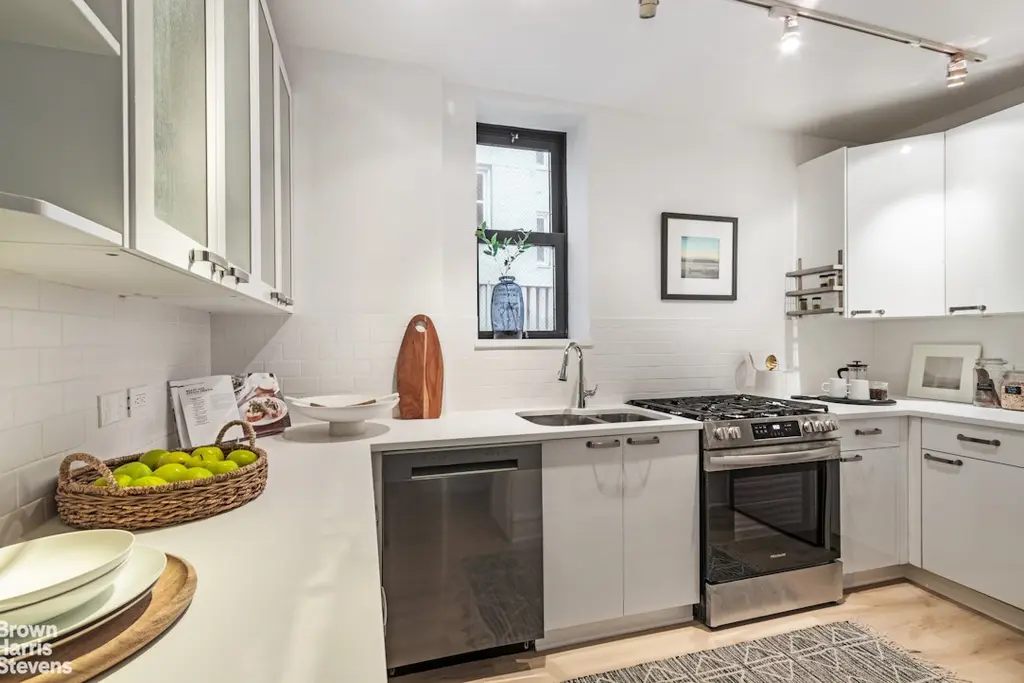
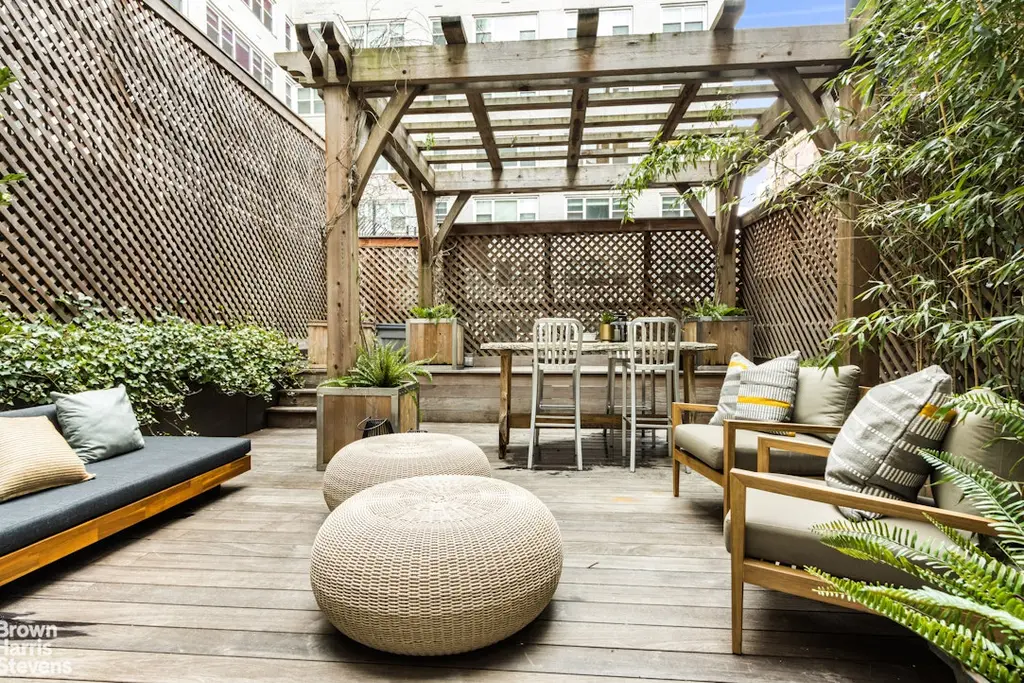
29 West 85th Street, #1
$1,795,000 (-10%)
Central Park West | Condominium | 1 Bedroom, 2 Baths | 910 ft2
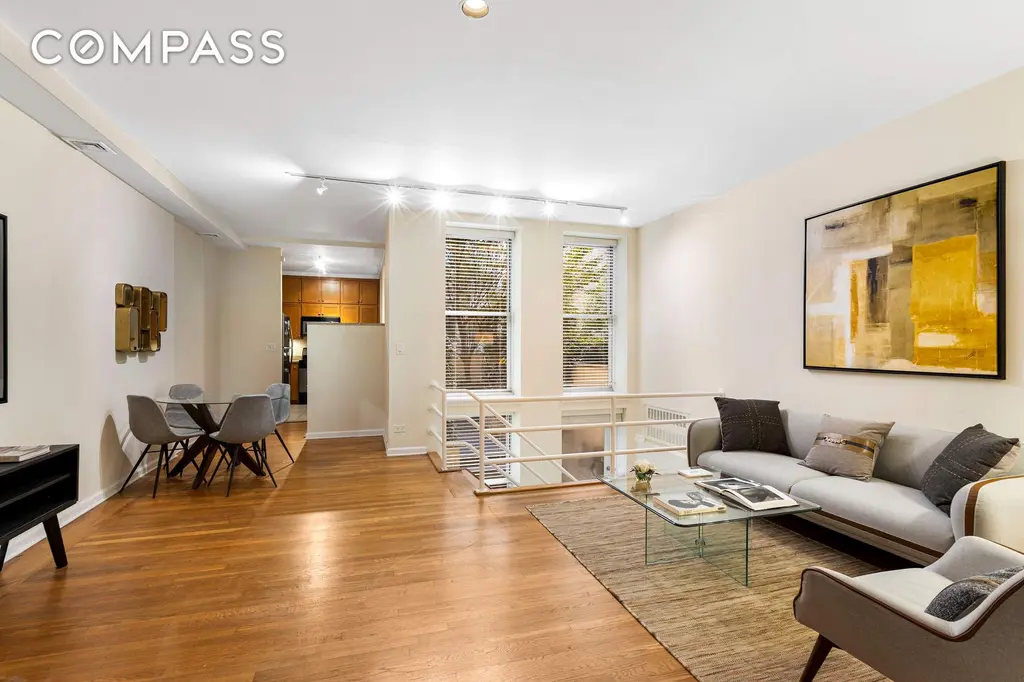
29 West 85th Street, #1 (Compass)
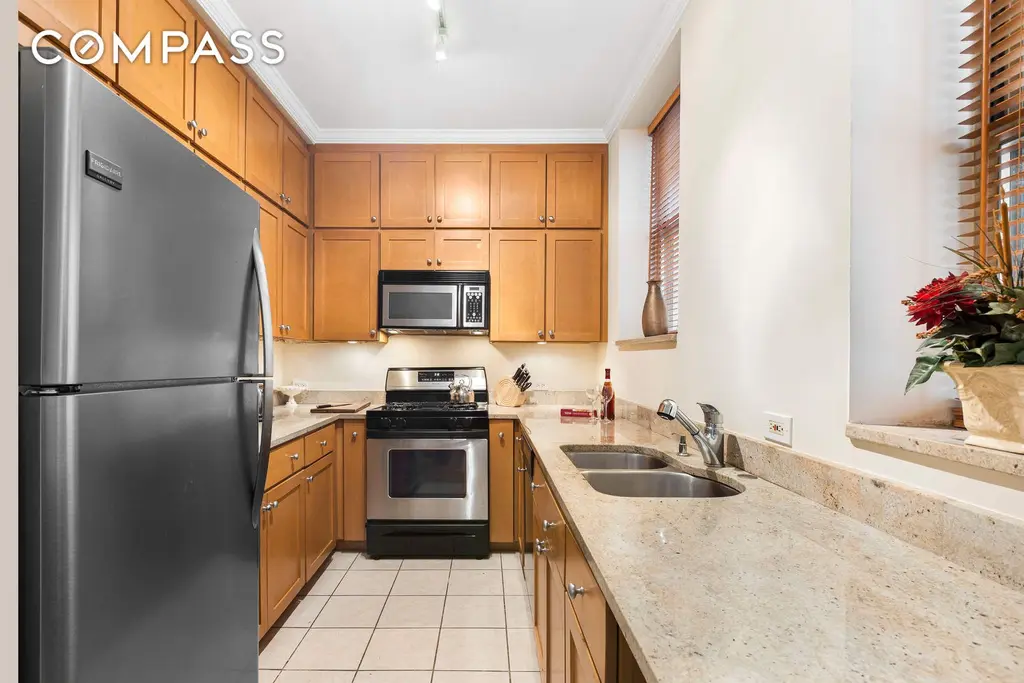
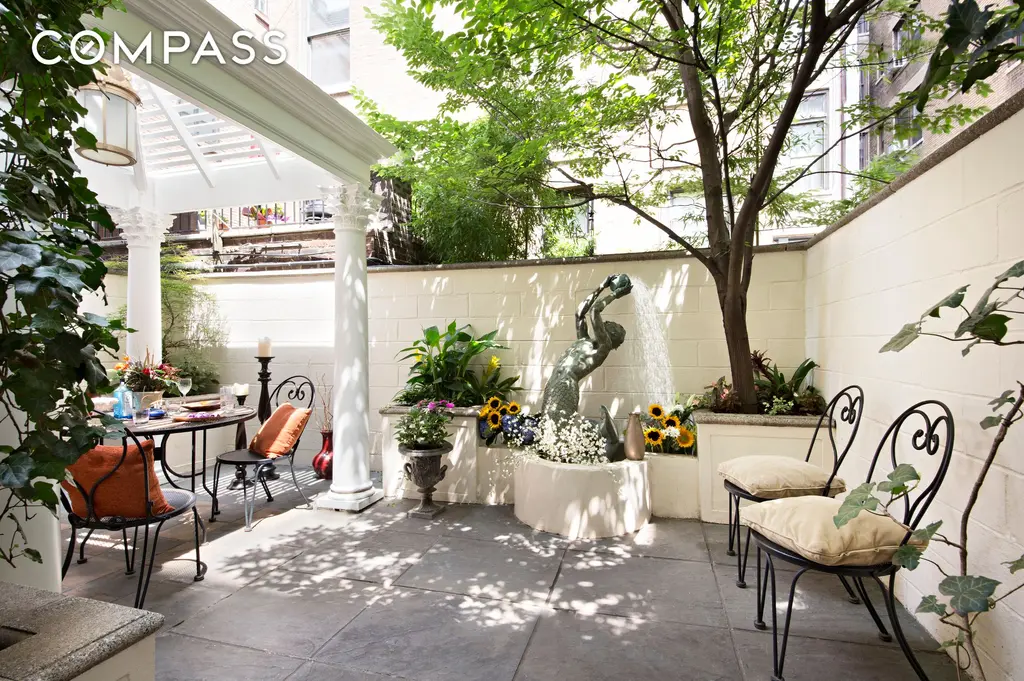
218 Classon Avenue, #GARDEN
$2,200,000
Bedford-Stuyvesant | Condominium | 2 Bedrooms, 2.5 Baths | 1,979 ft2
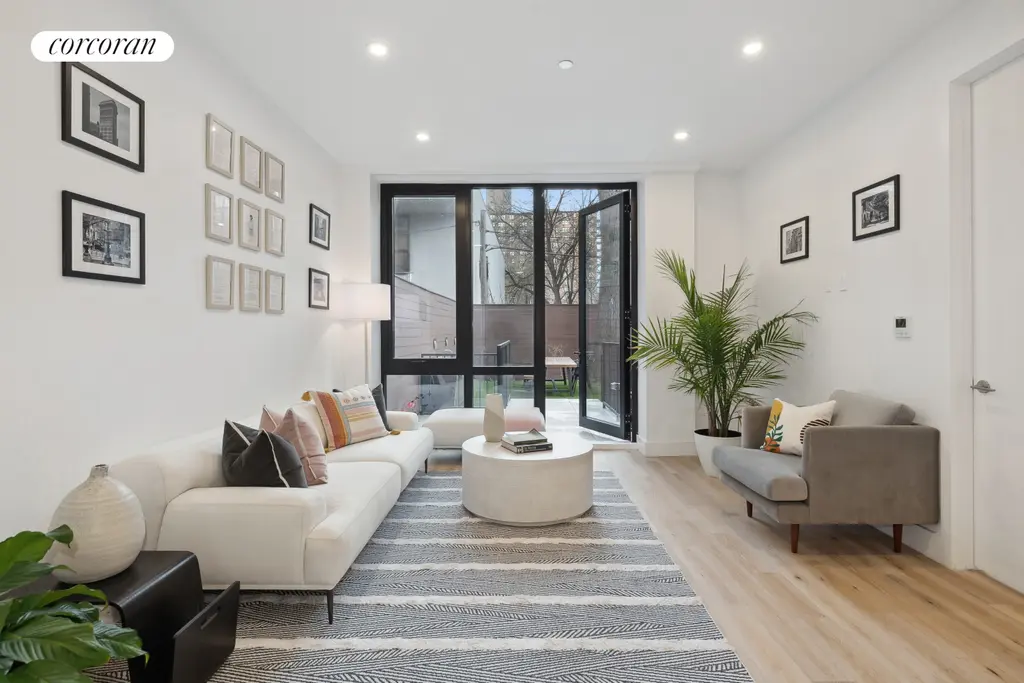
218 Classon Avenue, #GARDEN (Corcoran Group)
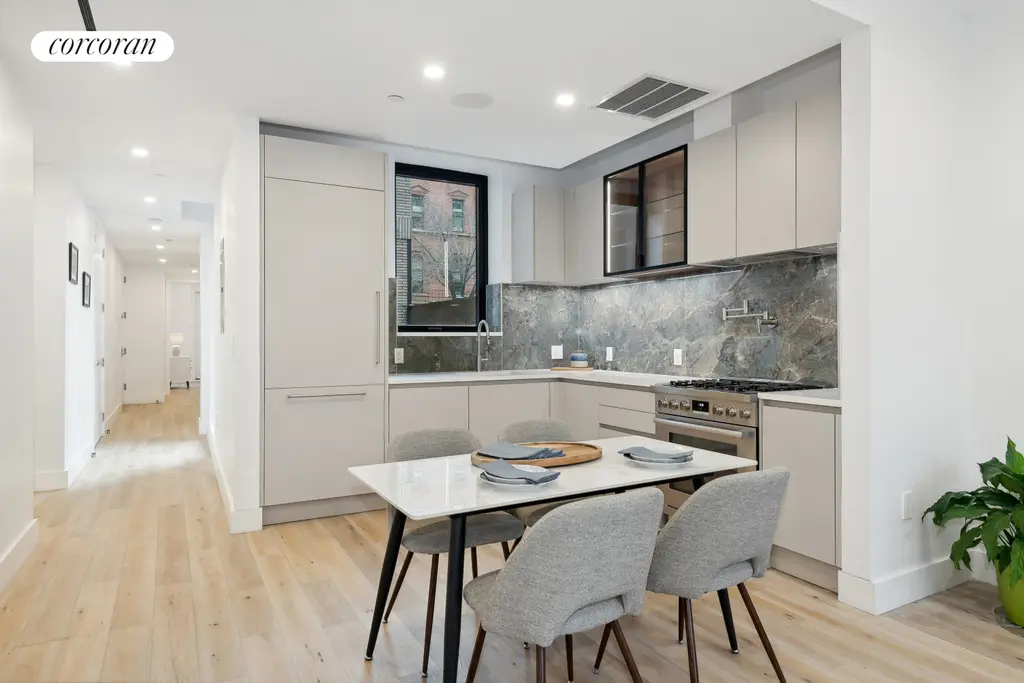
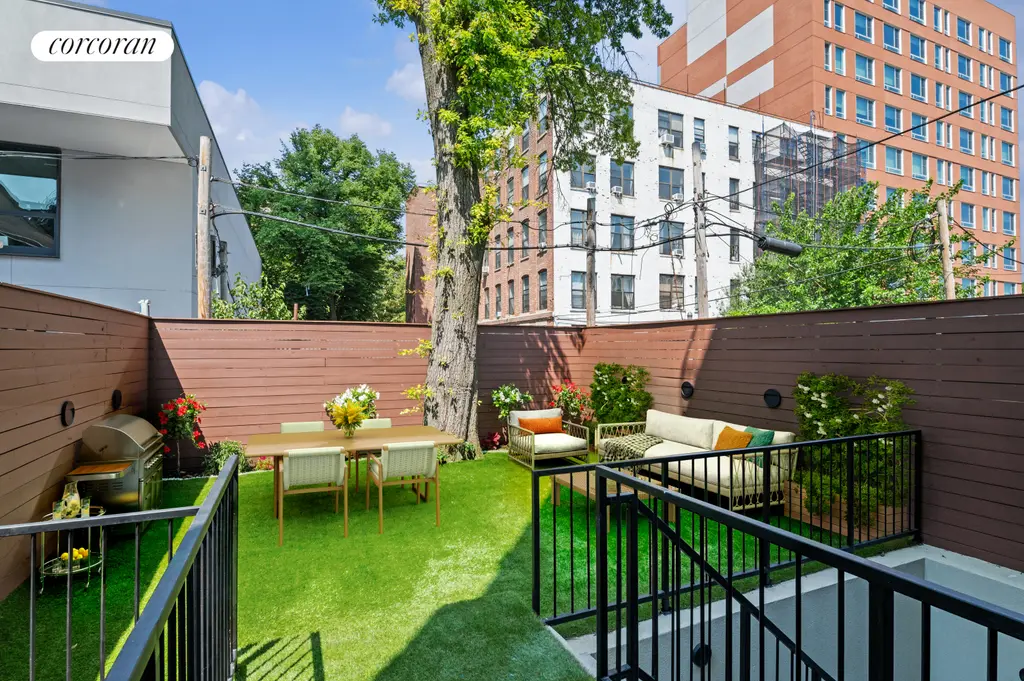
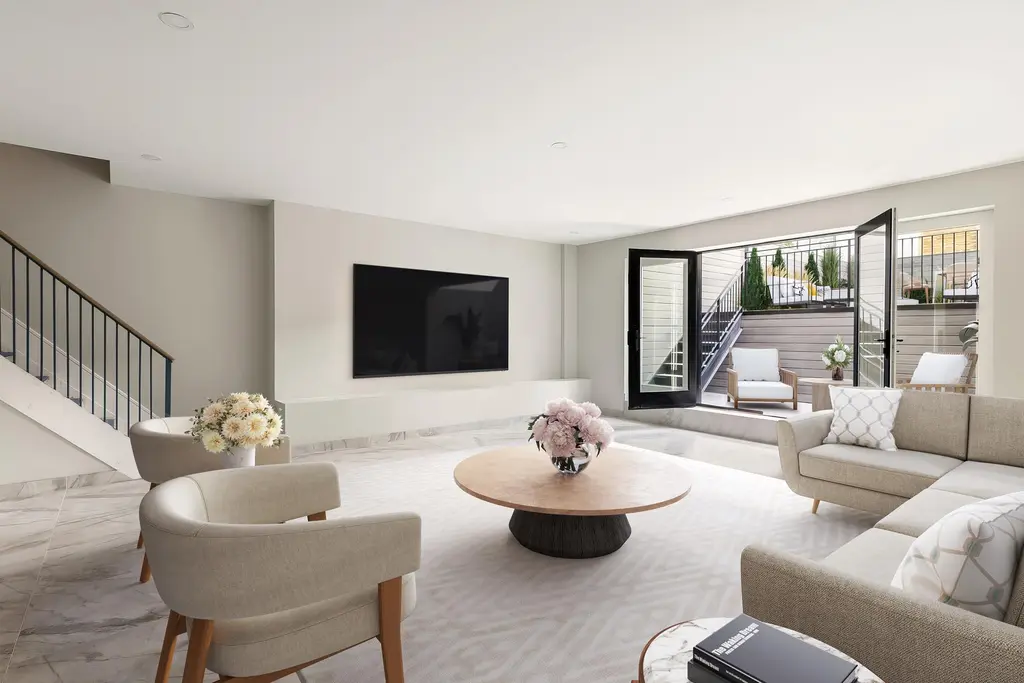
23 Wyckoff Street, #GARDEN (Douglas Elliman Real Estate)
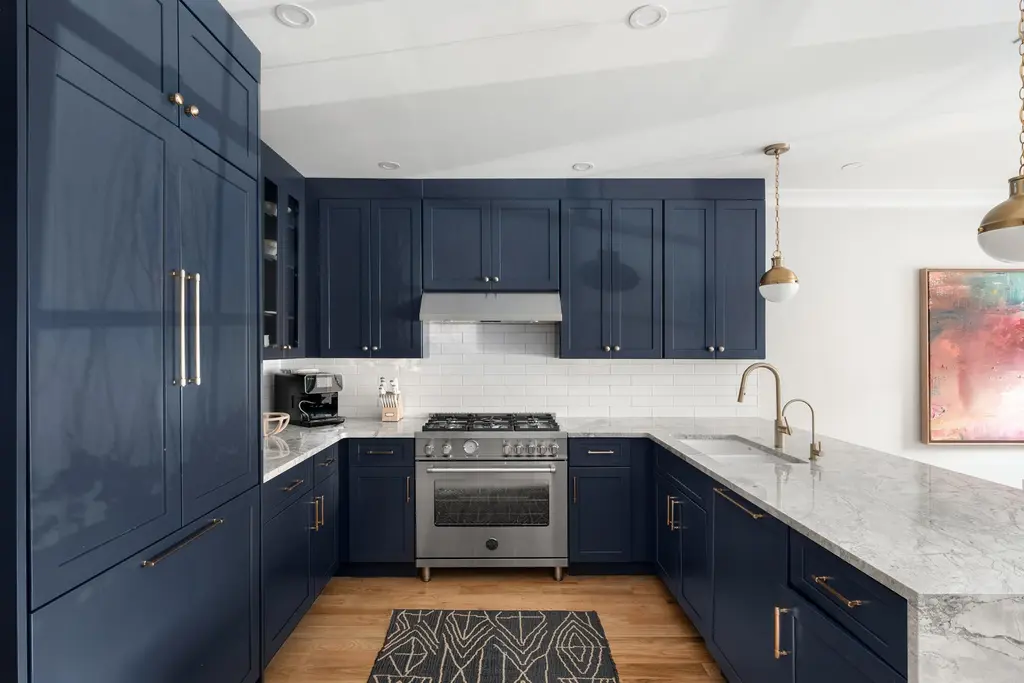
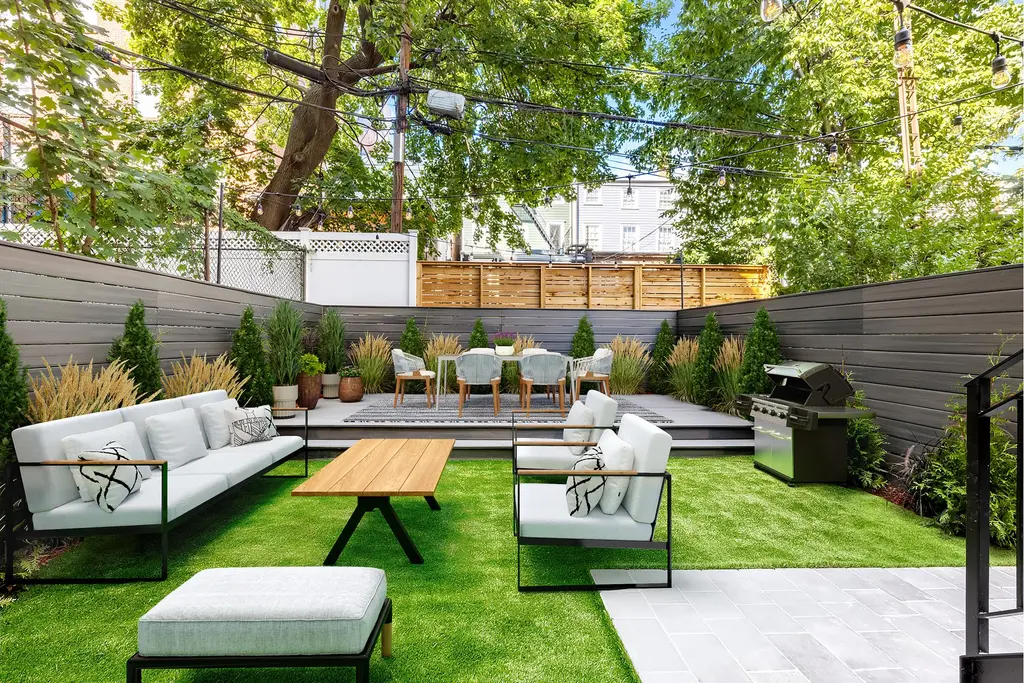
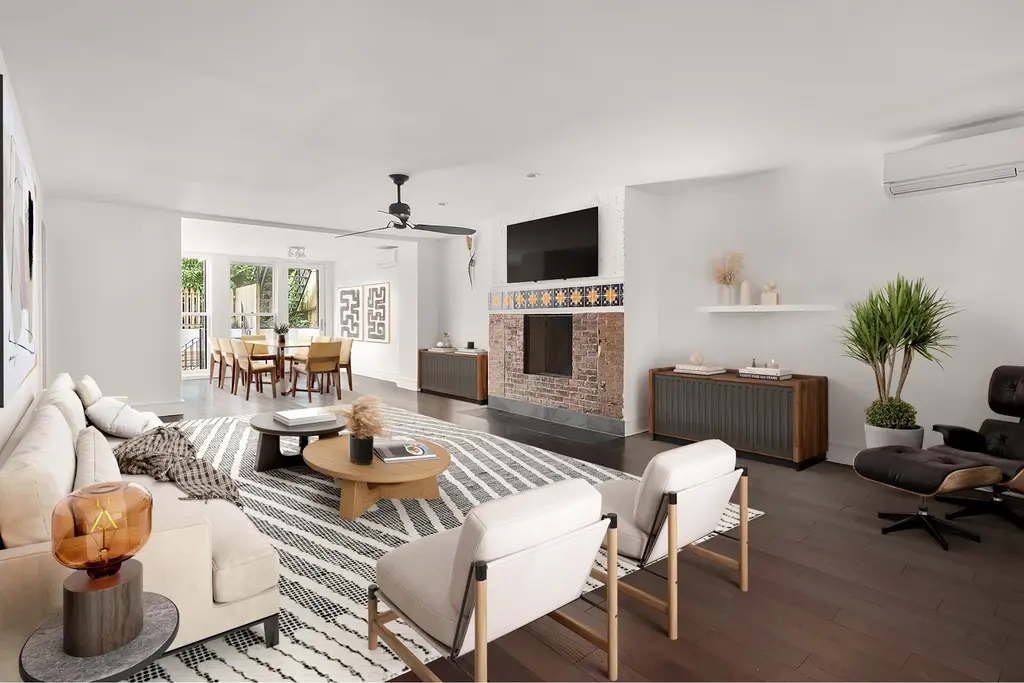
239 Carlton Avenue, #GRDN (Douglas Elliman Real Estate)
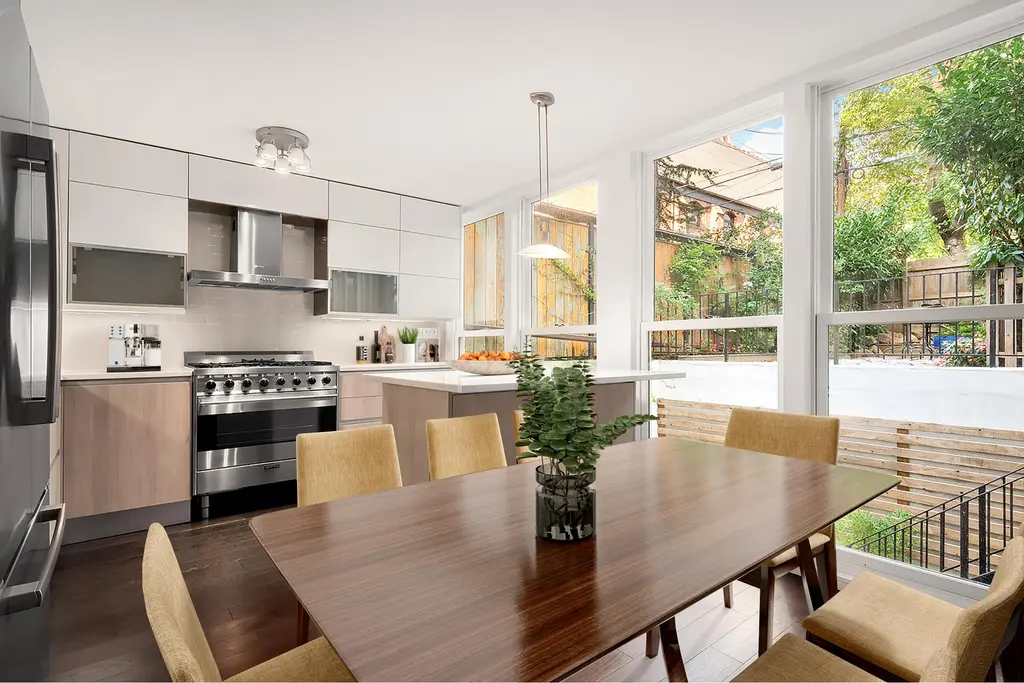
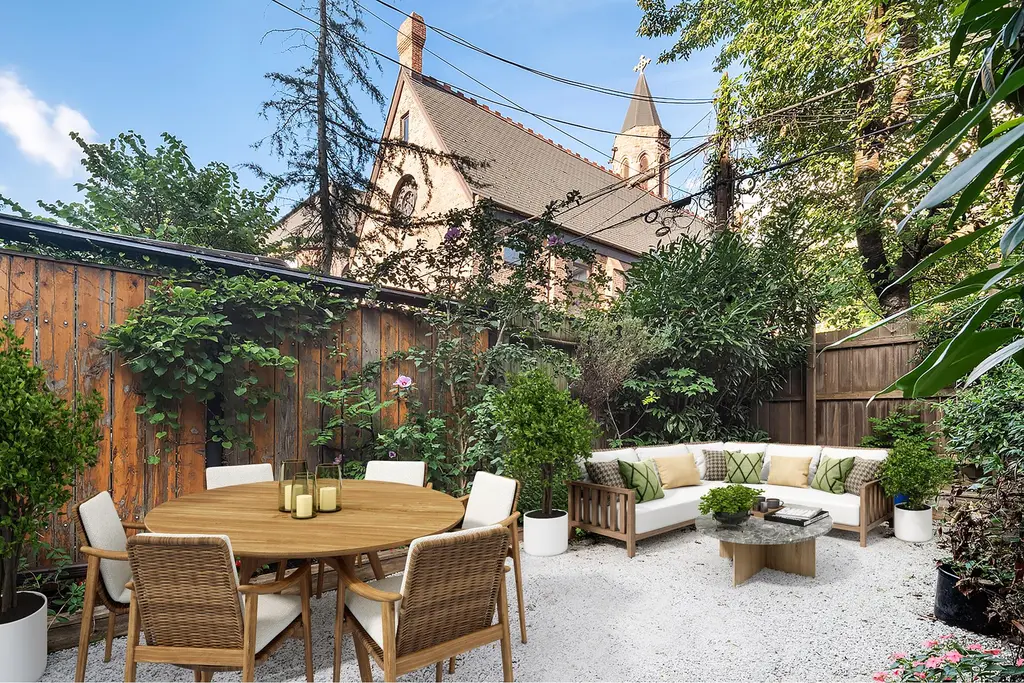
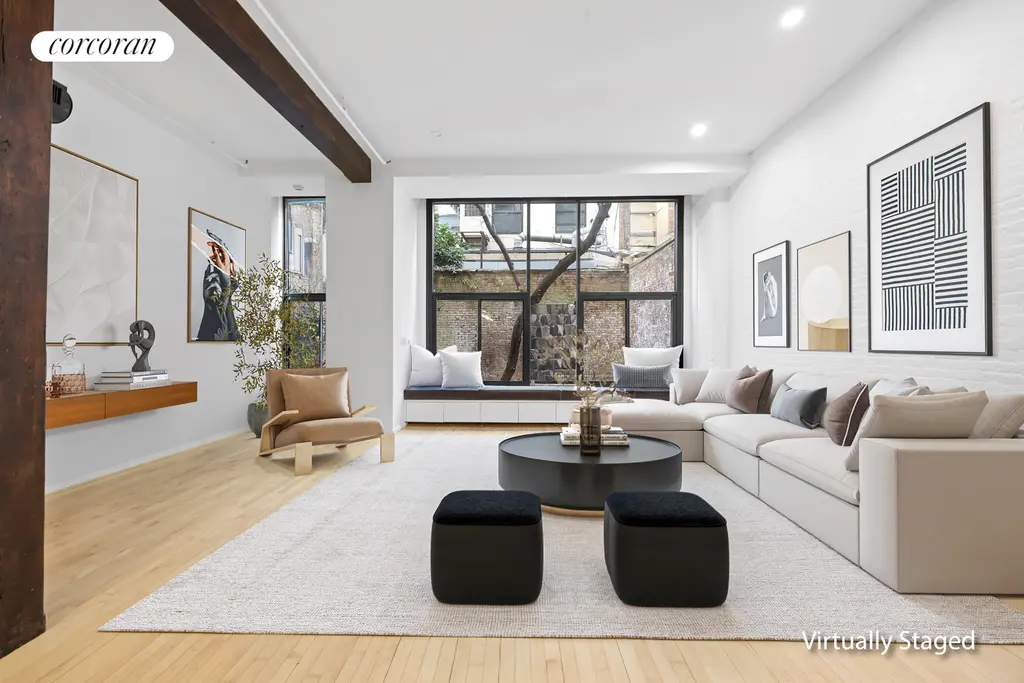
The West Broadway Arches, #1C (Corcoran Group)
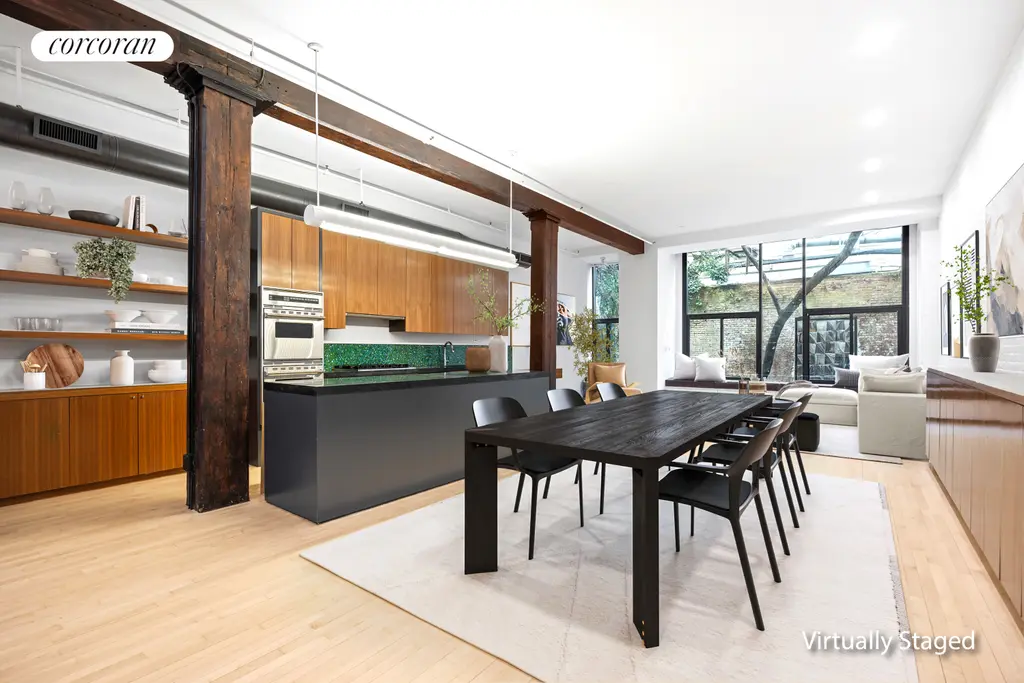
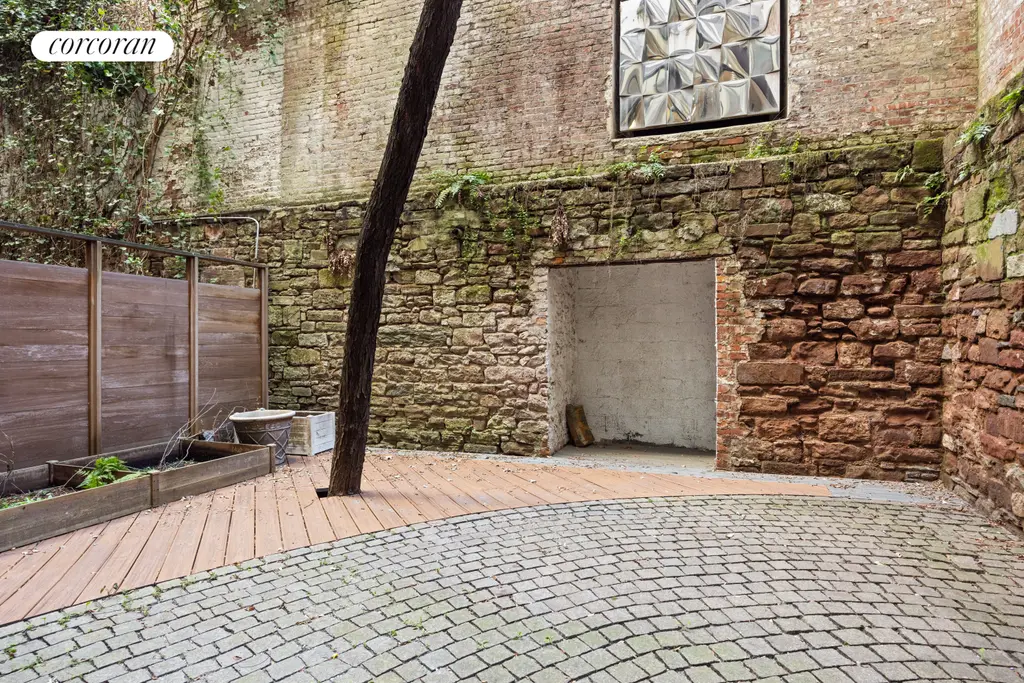
129 West 70th Street, #GARDEN
$3,295,000
Broadway Corridor | Cooperative | 4 Bedrooms, 3 Baths | 2,926 ft2
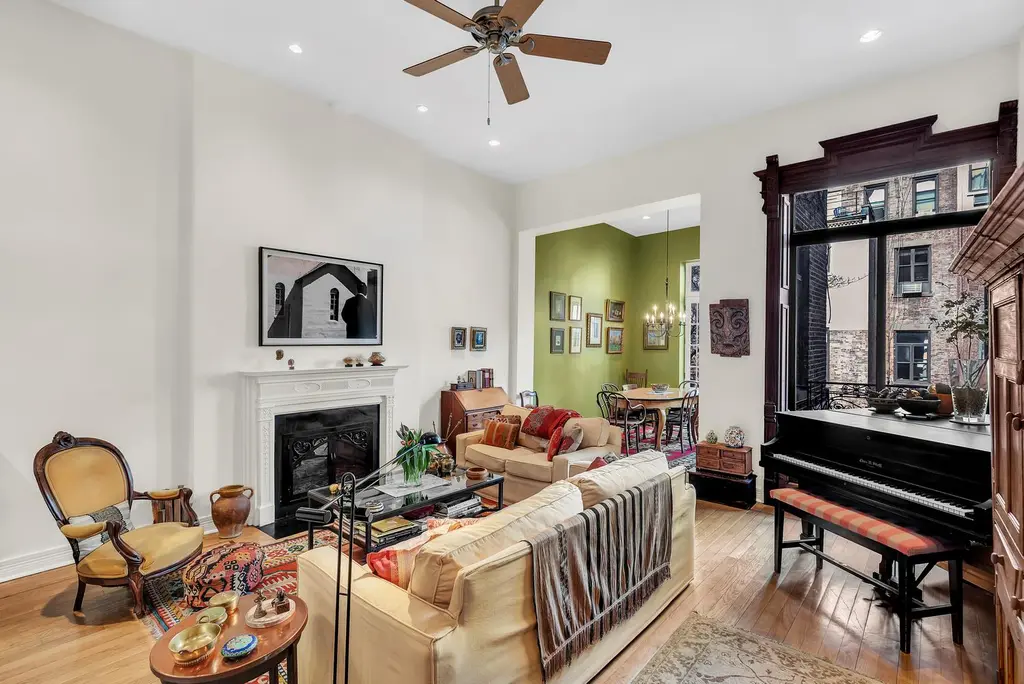
129 West 70th Street, #GARDEN (Douglas Elliman Real Estate)
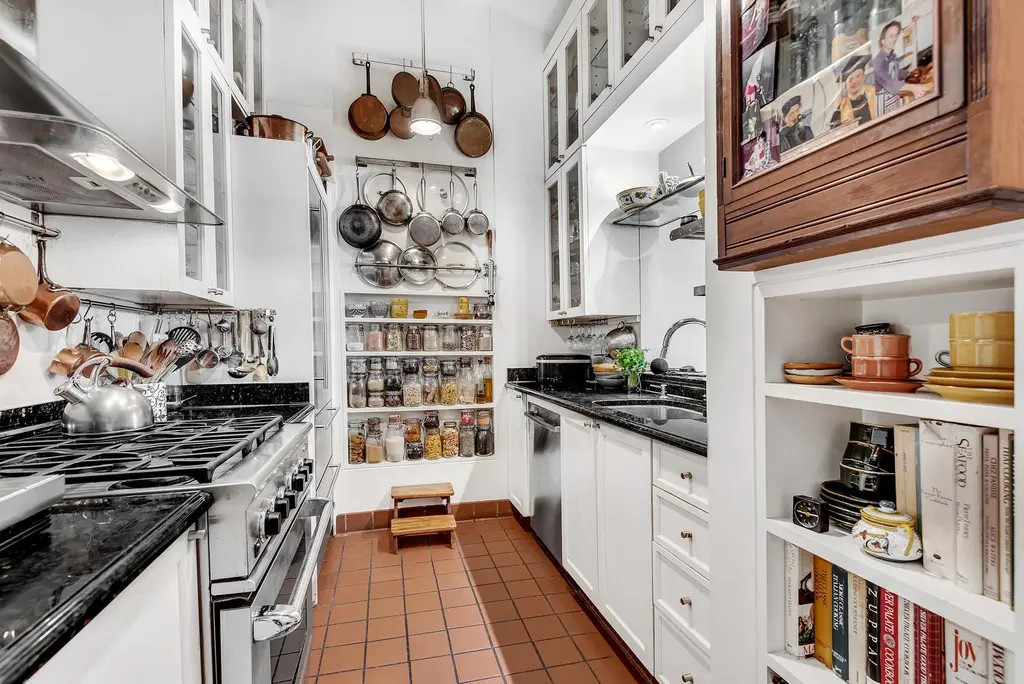
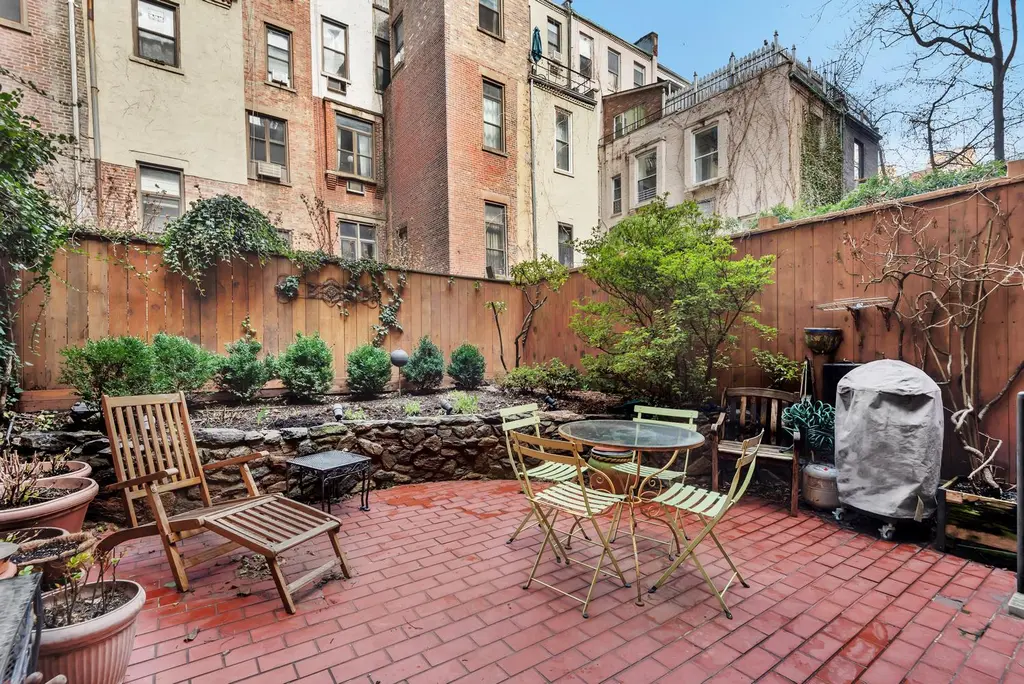
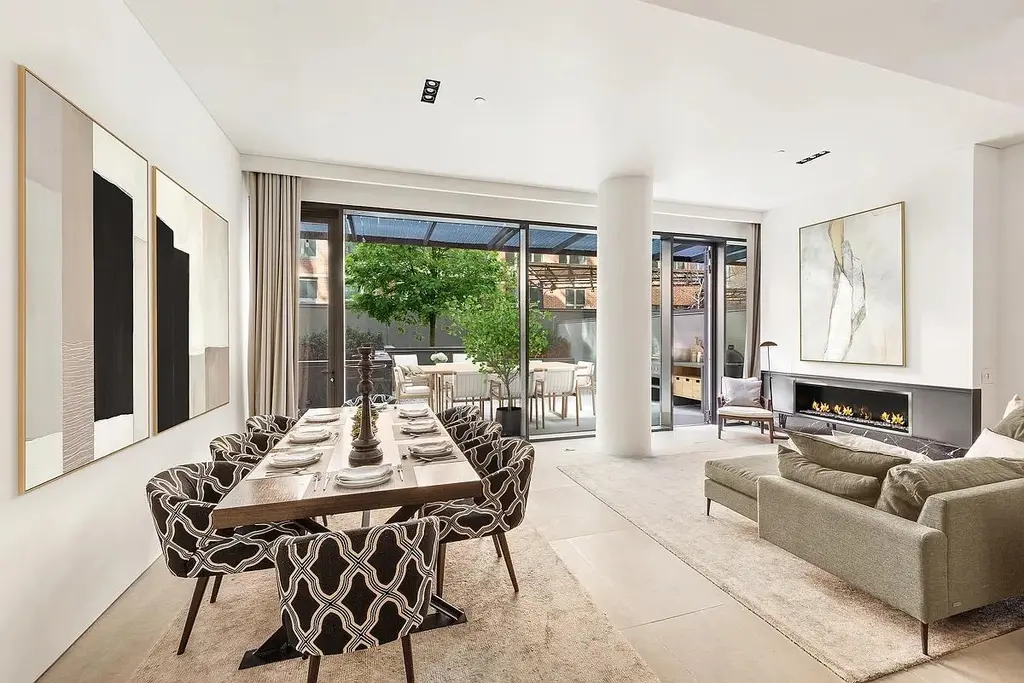
Soori High Line, #GARDENA (Douglas Elliman Real Estate)
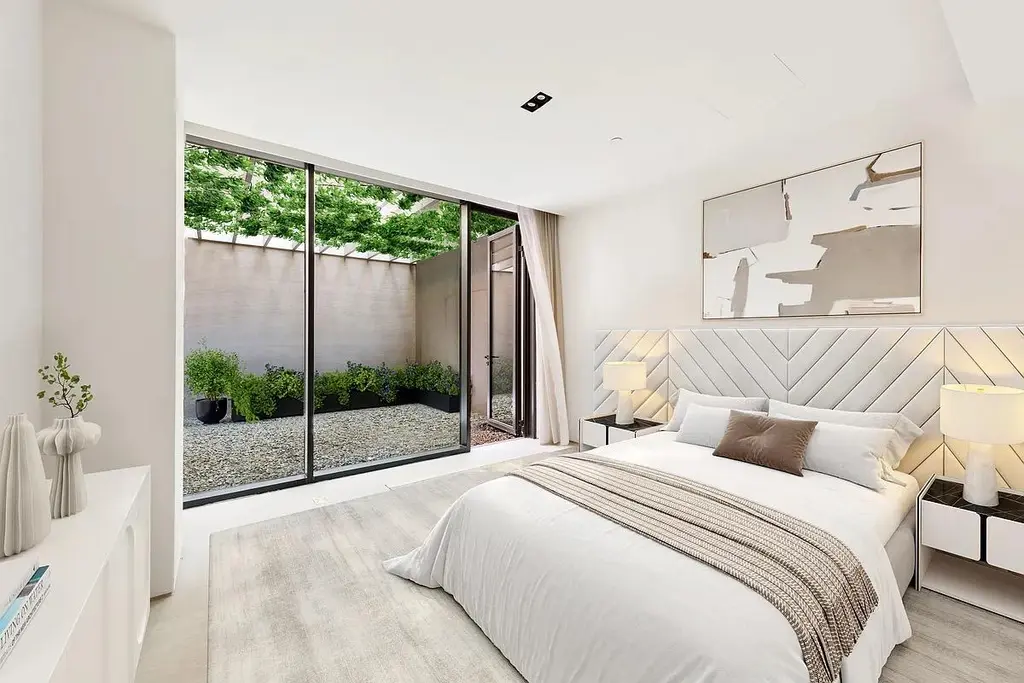
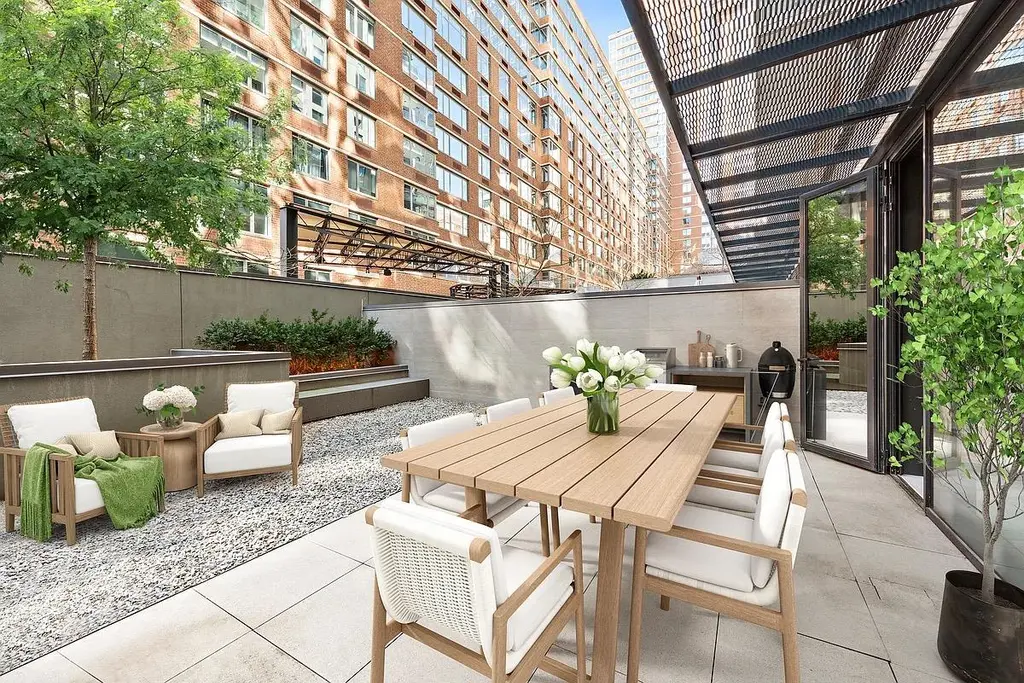
Townhouses and Upper-Level Terraces
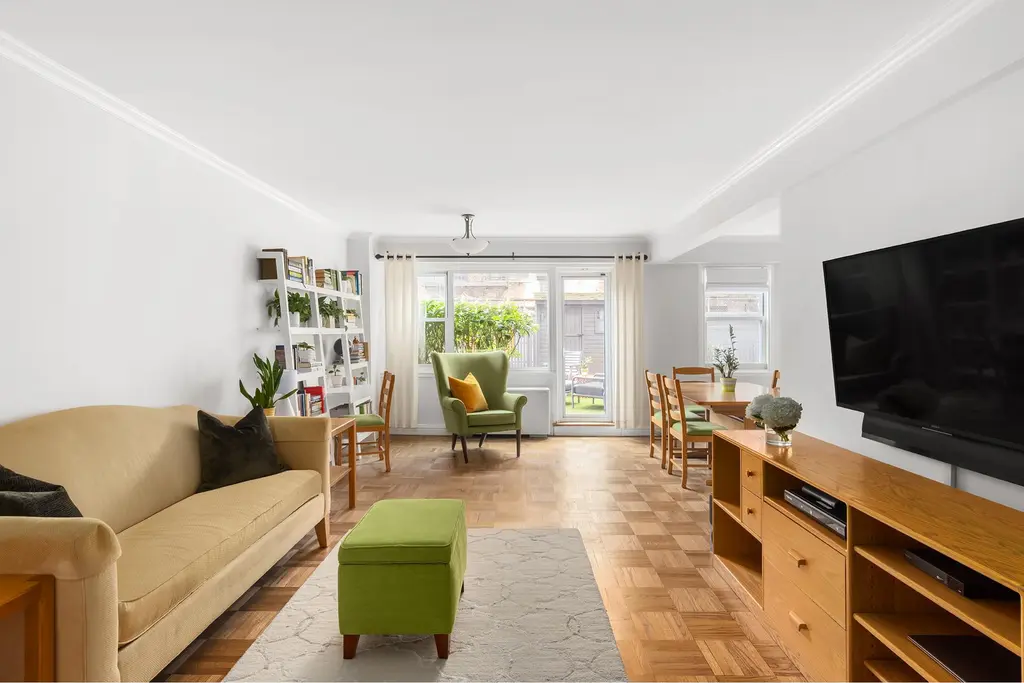
The Caravelle, #1F (Douglas Elliman Real Estate)
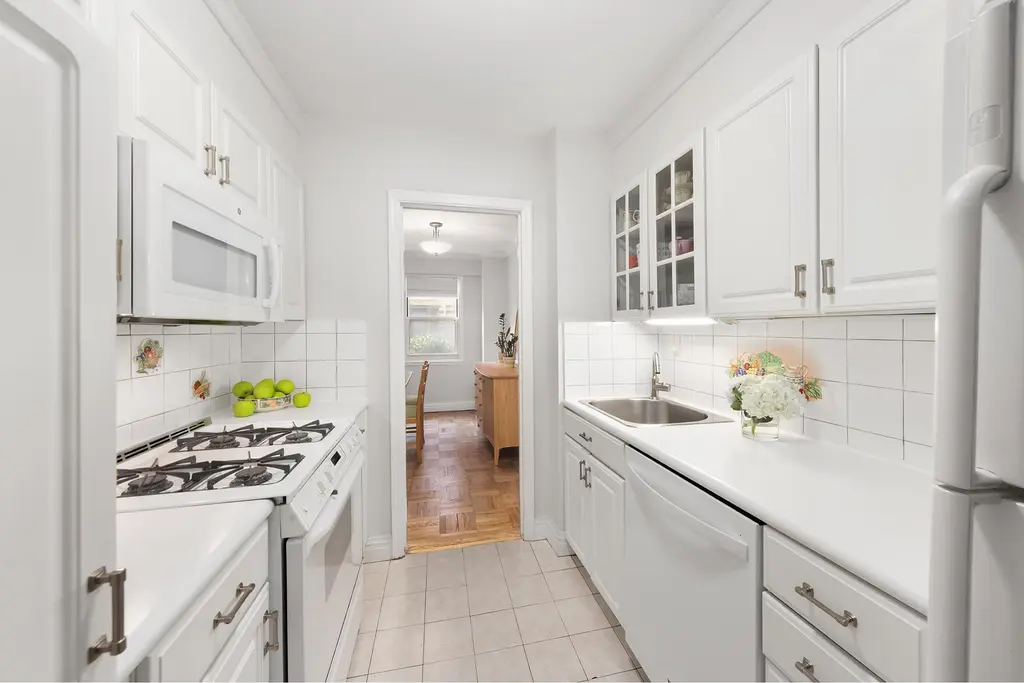
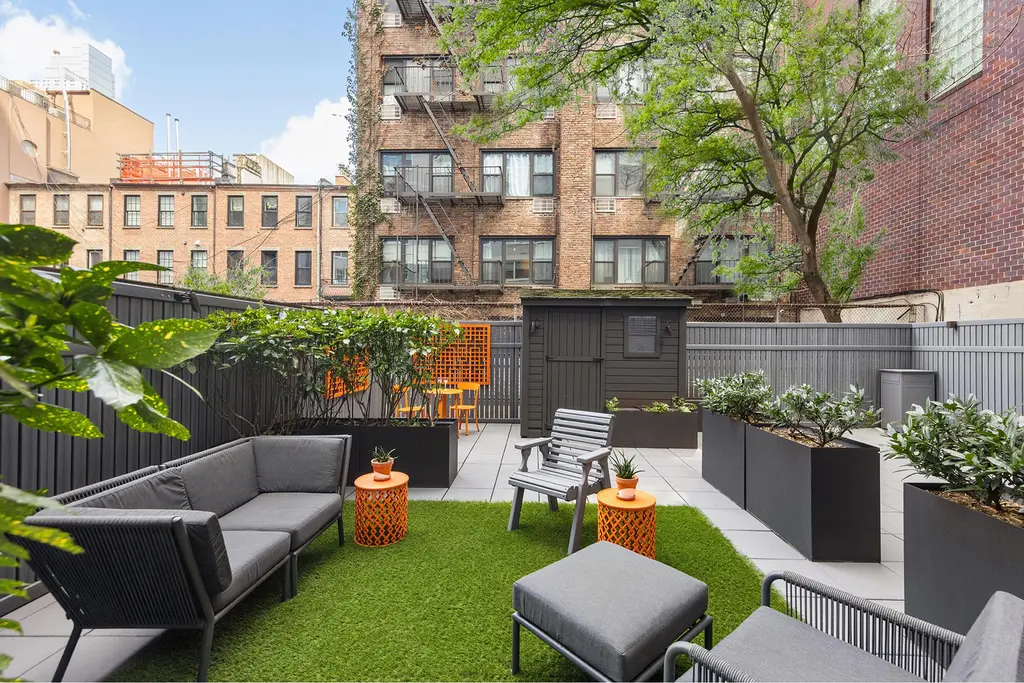
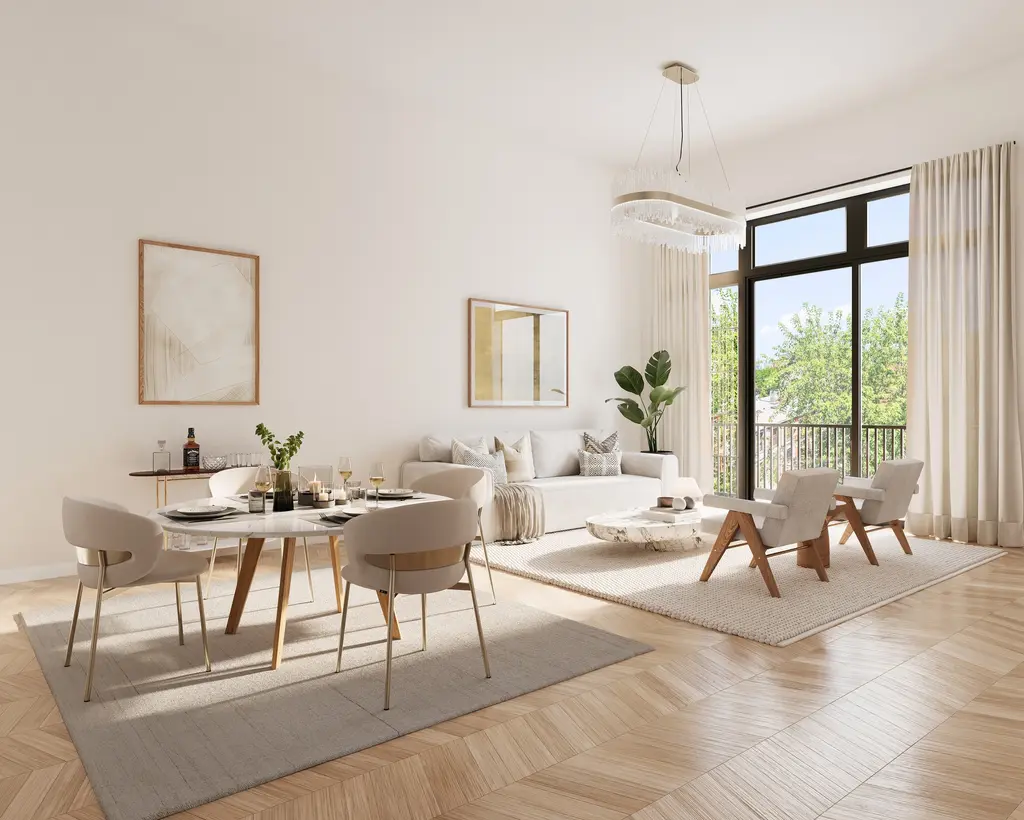
341 13th Street, #PH (Nest Seekers LLC)
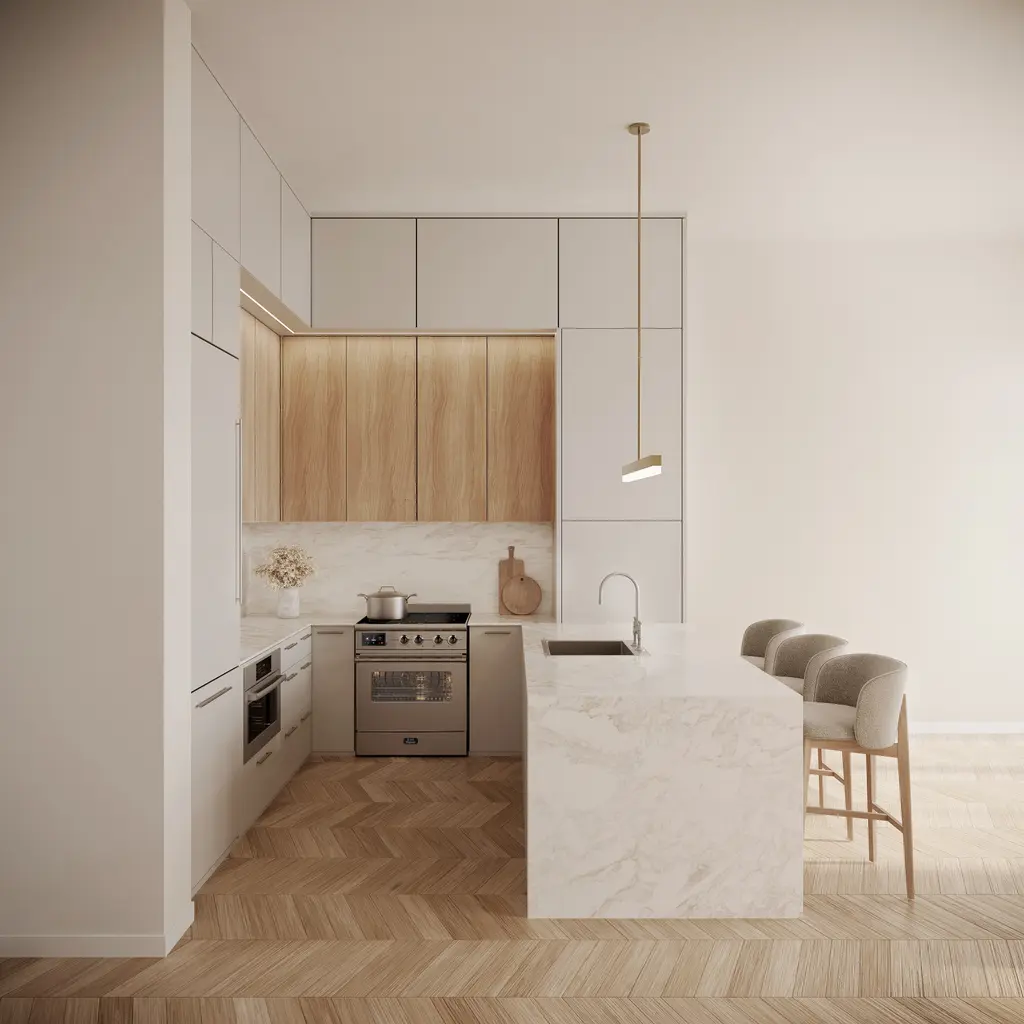
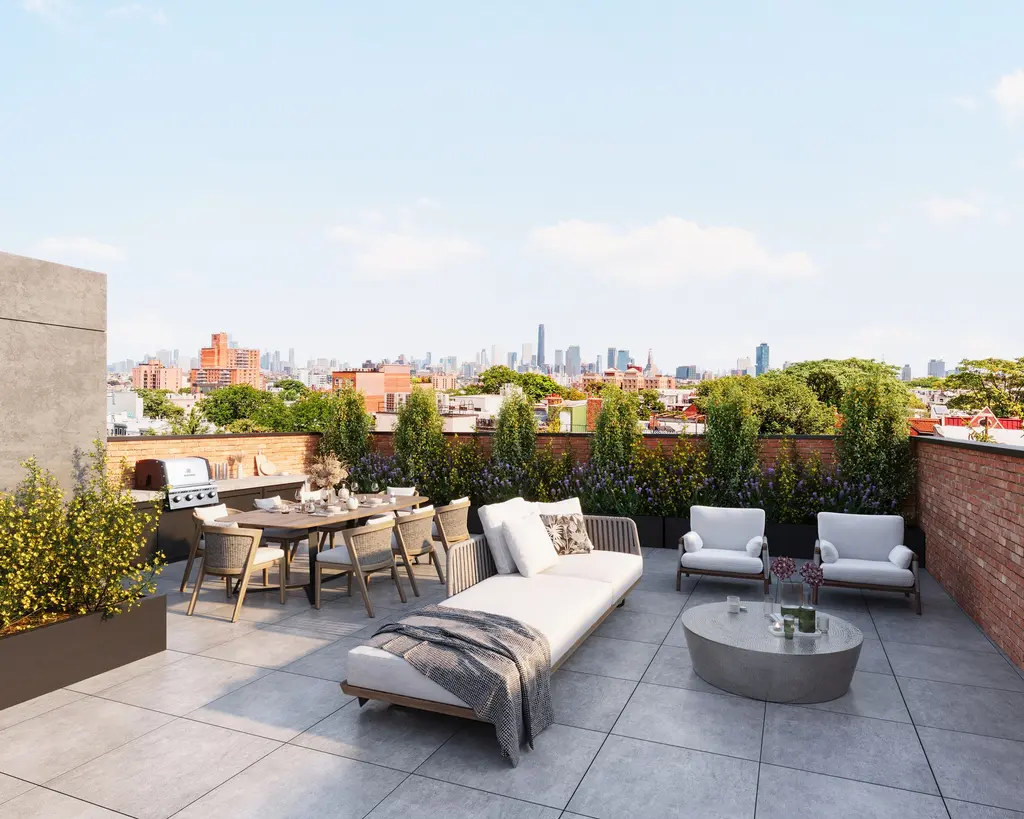
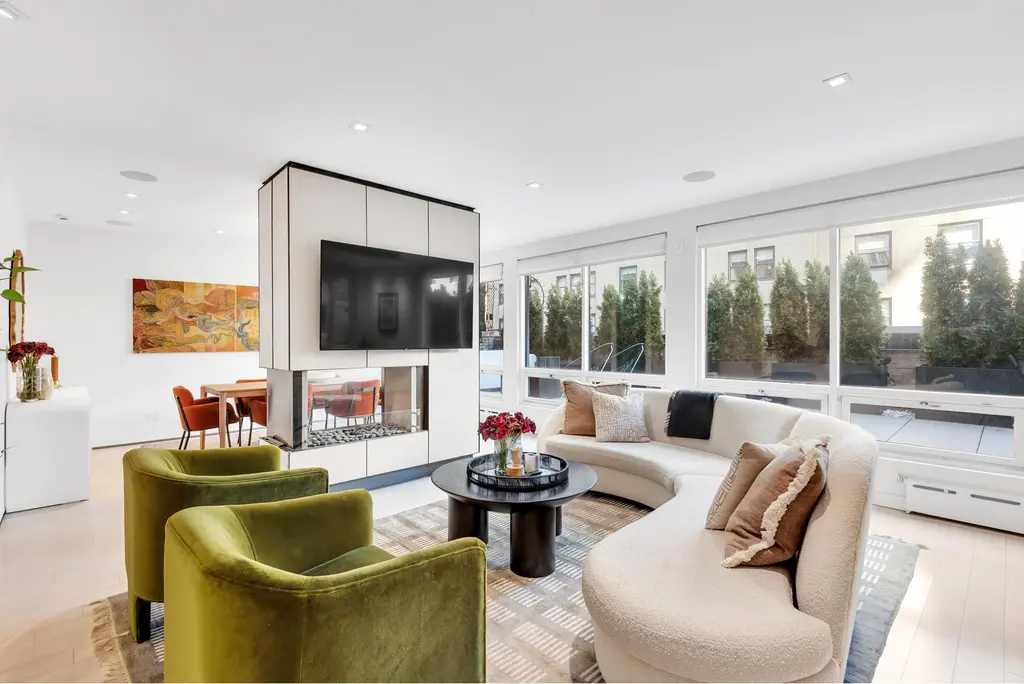
152 West 58th Street, #PH (Douglas Elliman Real Estate)
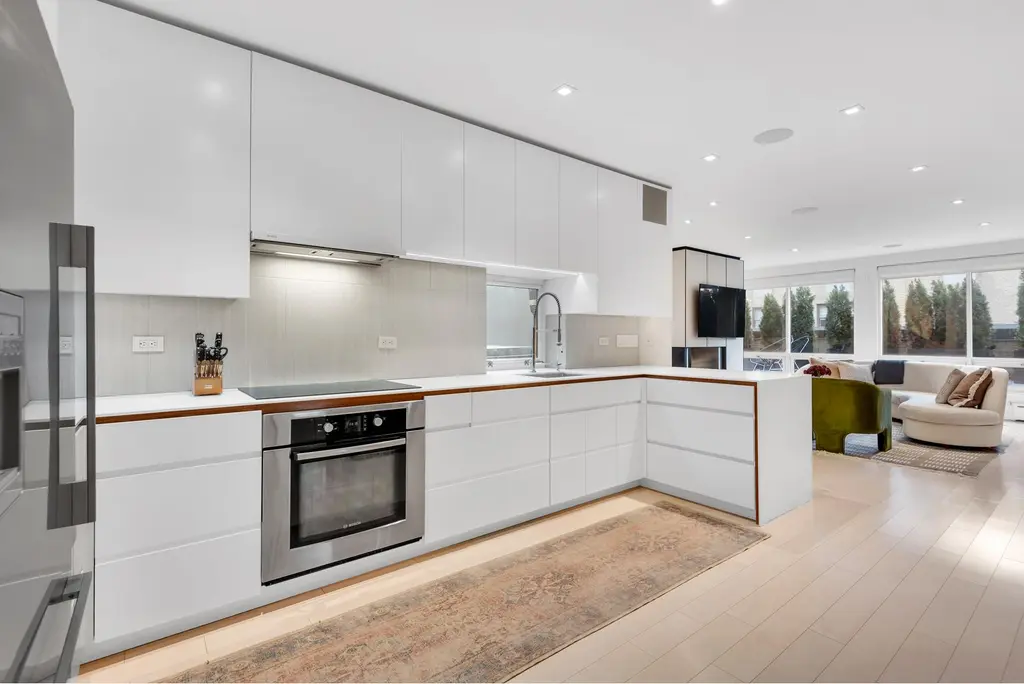
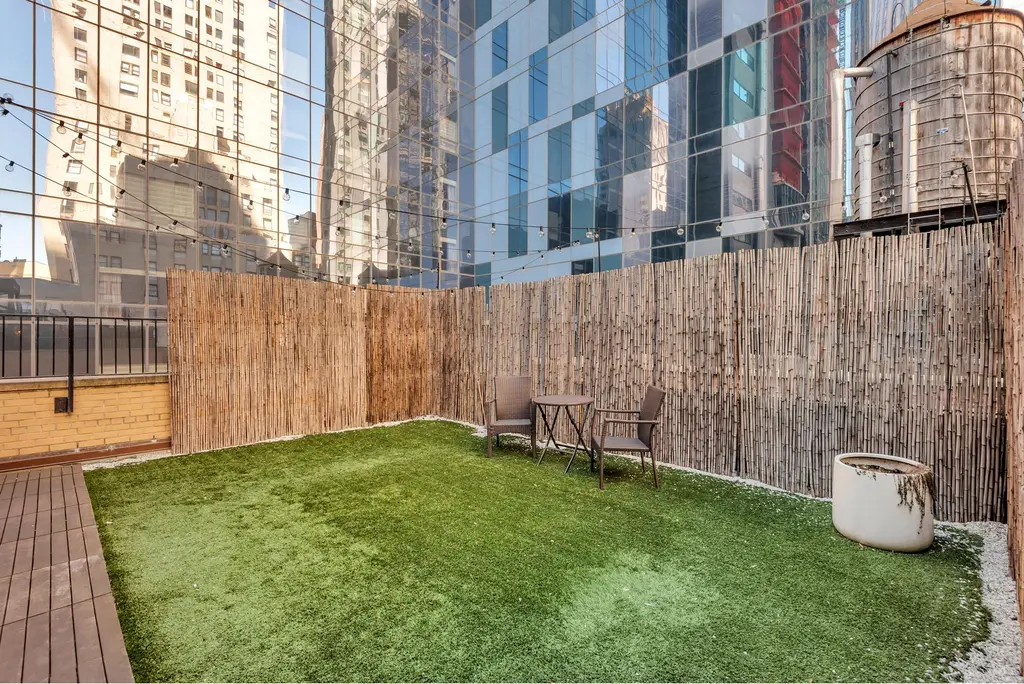
The Chelsea Mercantile, #PHG
$4,500,000 (-6.2%)
Chelsea | Condominium | 3 Bedrooms, 3 Baths | 1,906 ft2
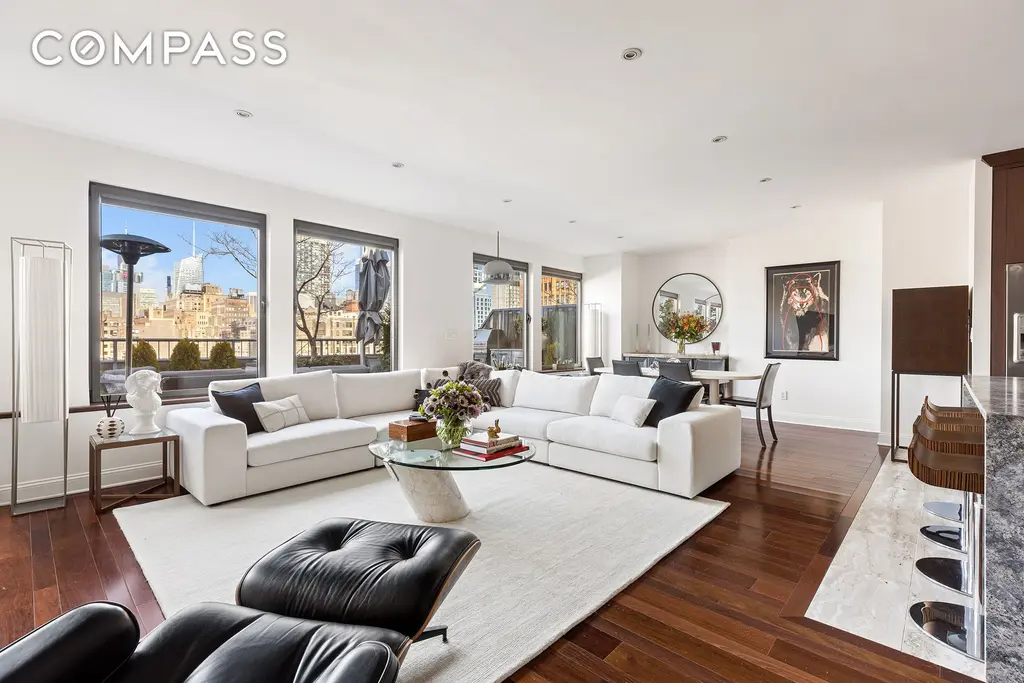
The Chelsea Mercantile, #PHG (Compass)
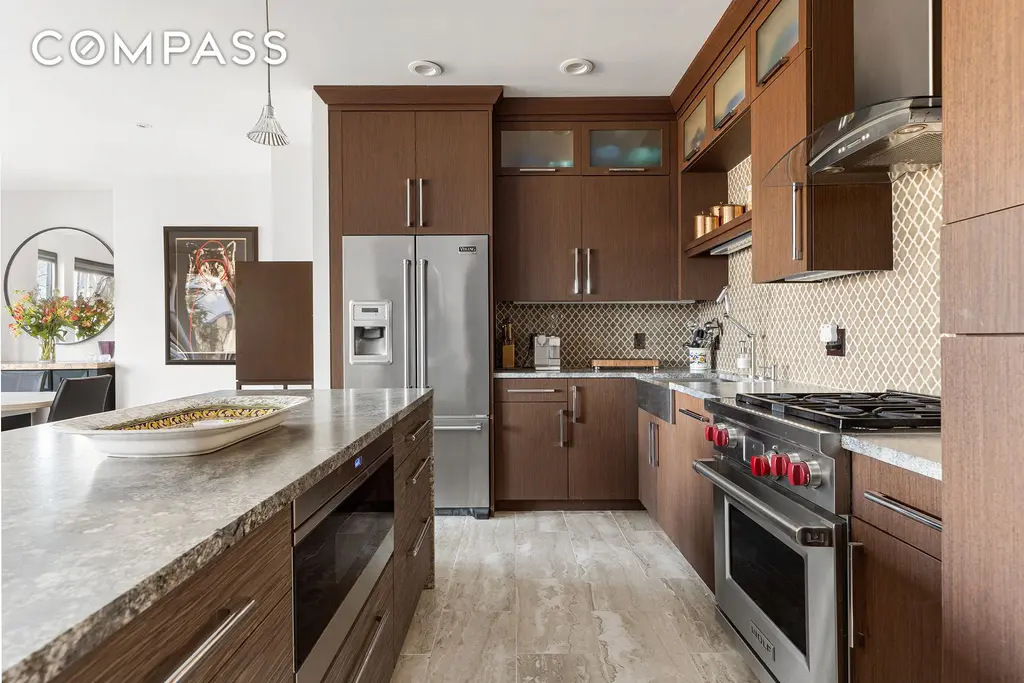
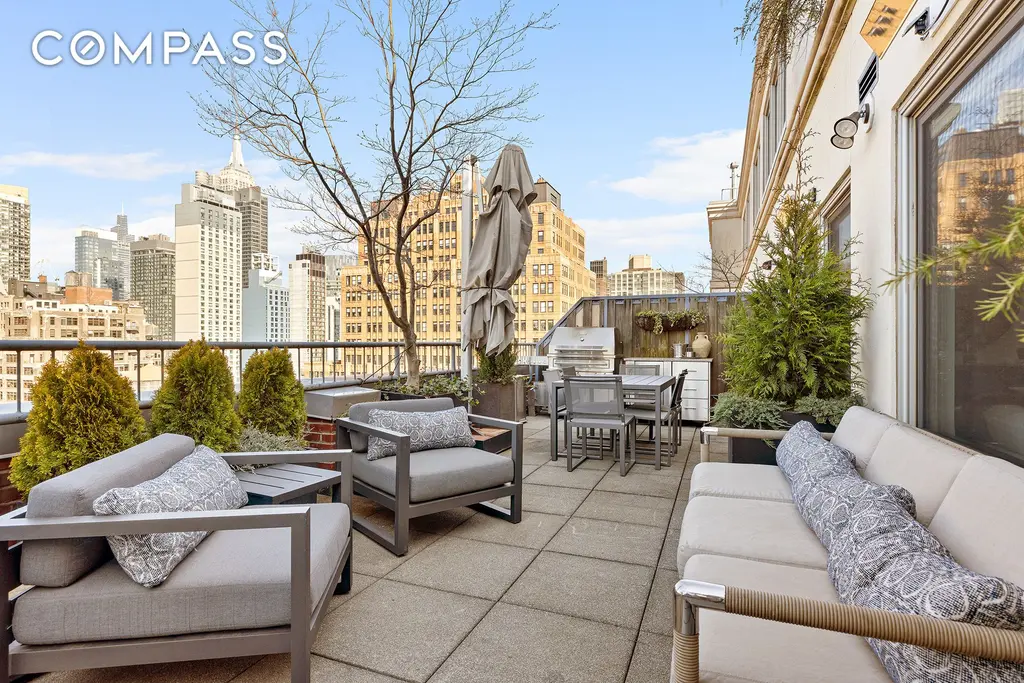
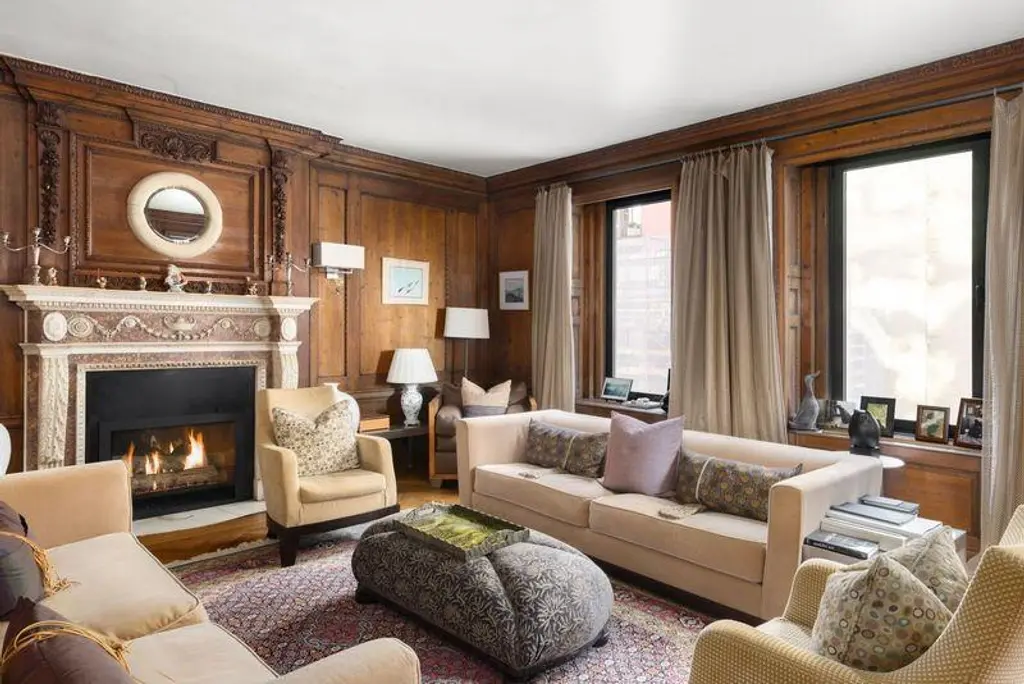
480 Park Avenue, #15E (Douglas Elliman Real Estate)
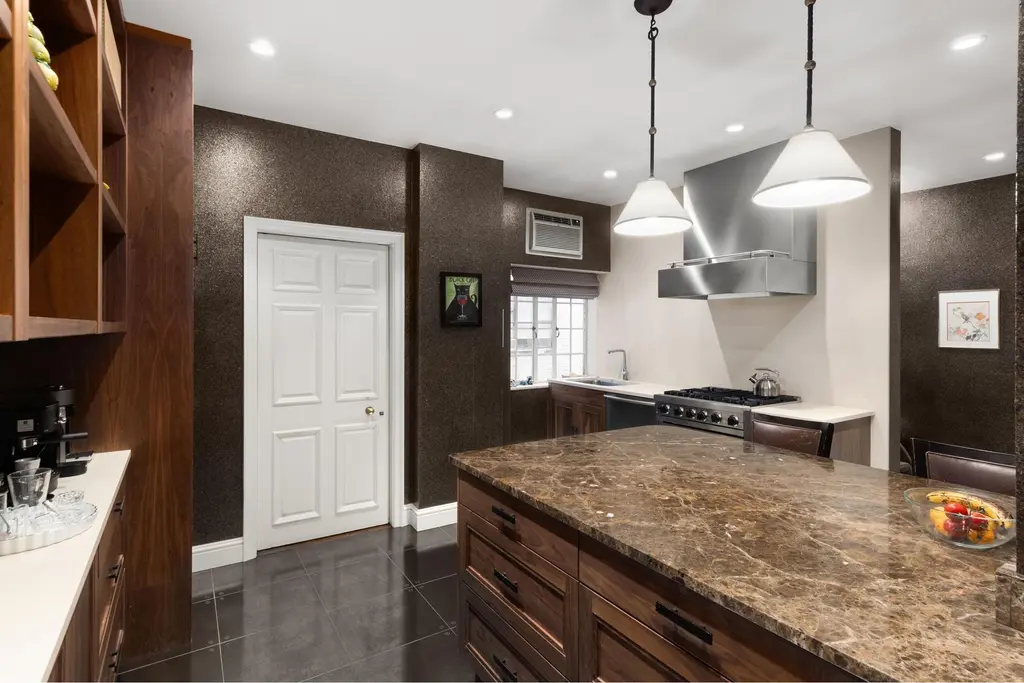
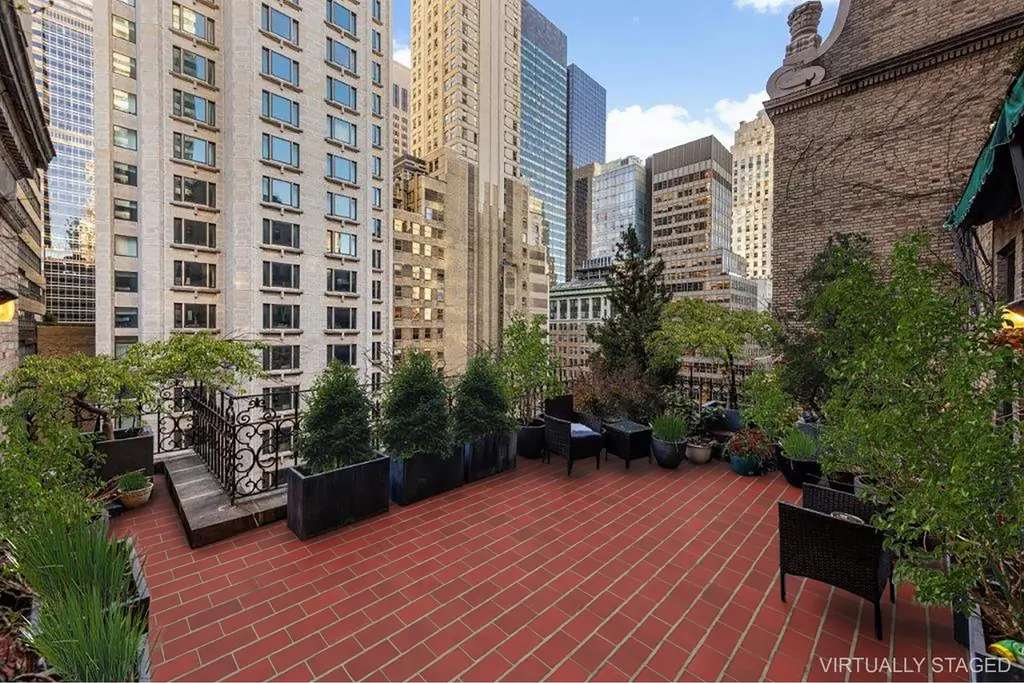
The Dorilton, #PHEast
$7,300,000 (-5.2%)
Broadway Corridor | Cooperative | 4 Bedrooms, 5 Baths | 3,175 ft2
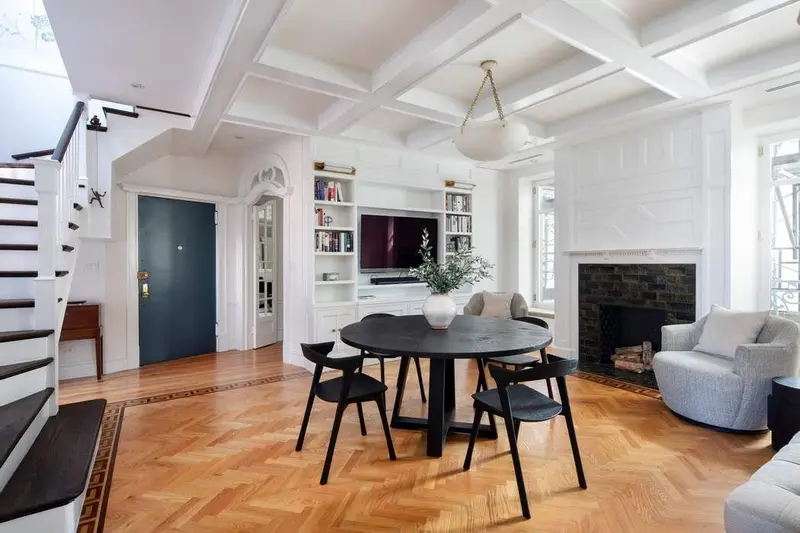
The Dorilton, #PHEast (Sothebys International Realty)
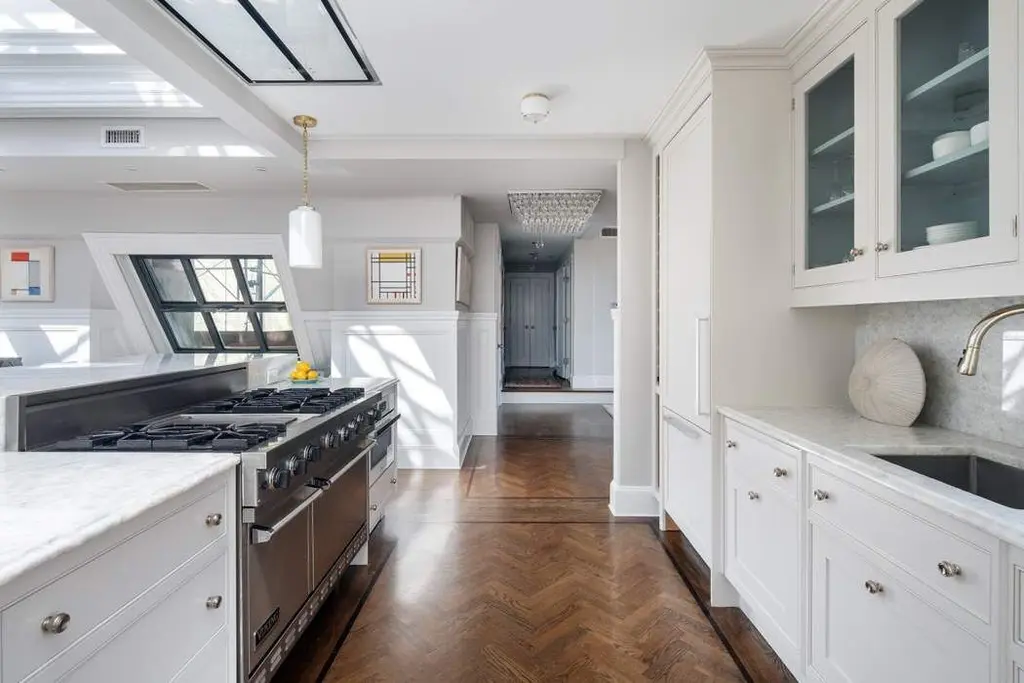
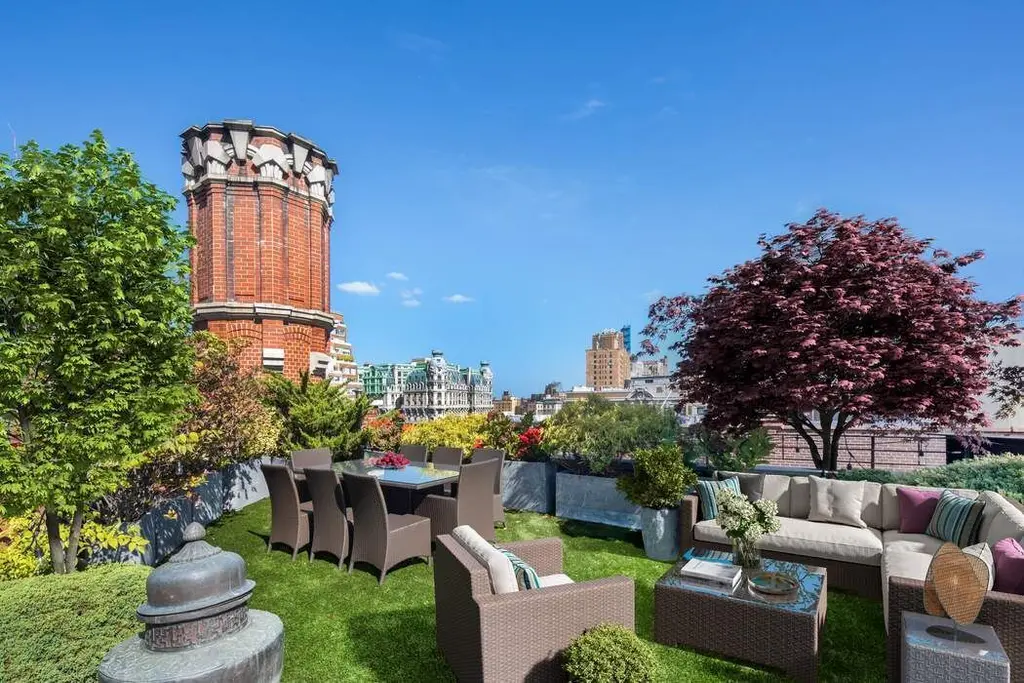
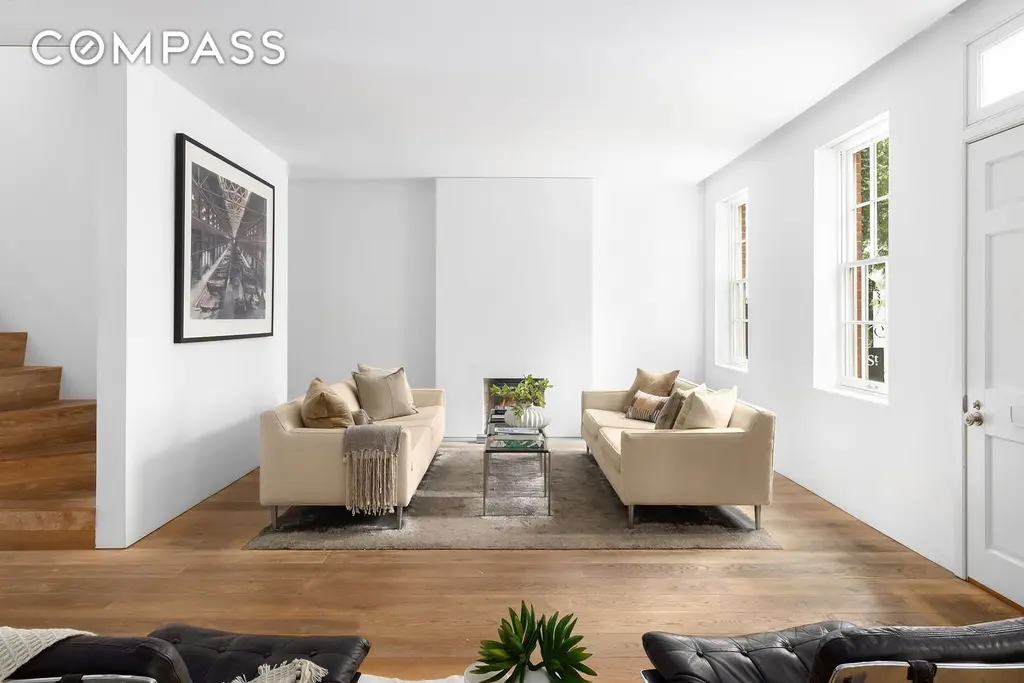
130 Charles Street, # (Compass)
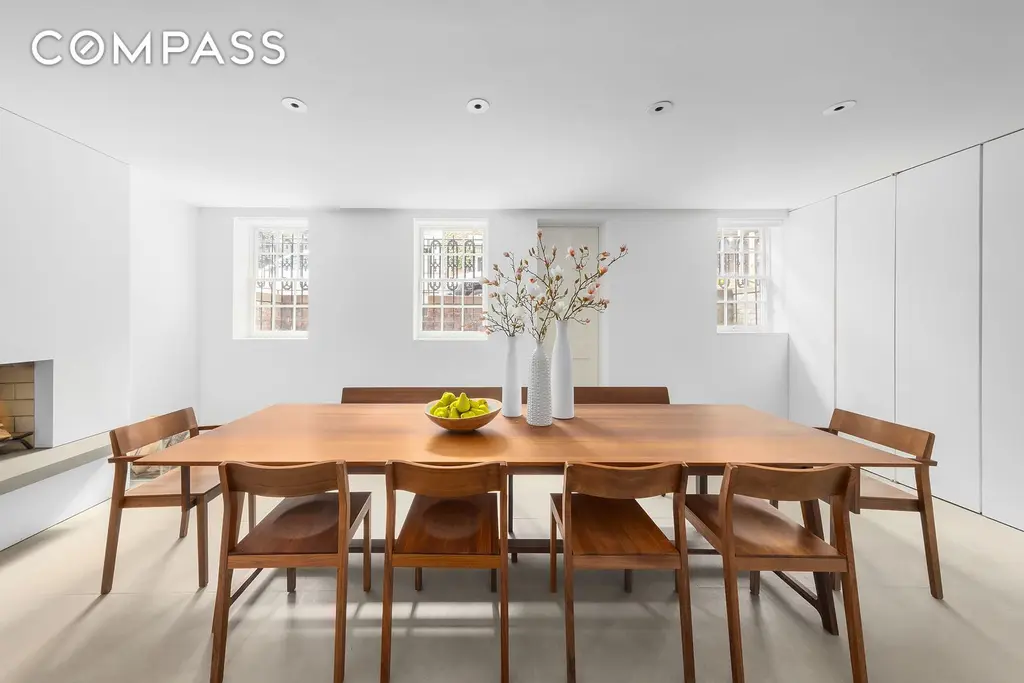
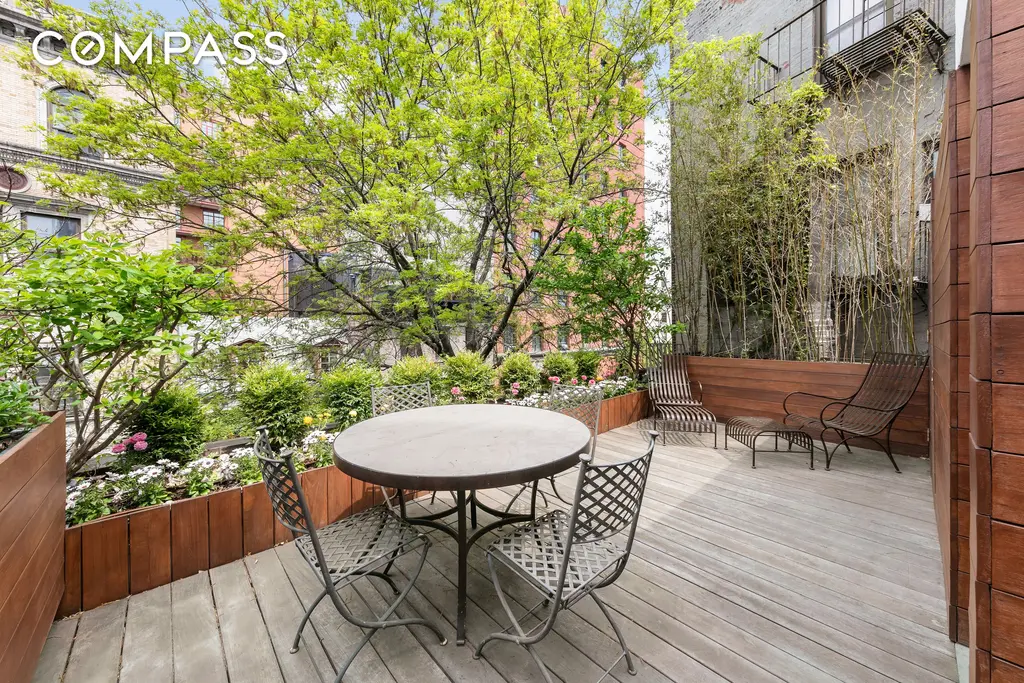
1185 Park Avenue, #PH16/17G
$14,500,000
Carnegie Hill | Cooperative | 5 Bedrooms, 6+ Baths | 5,100 ft2
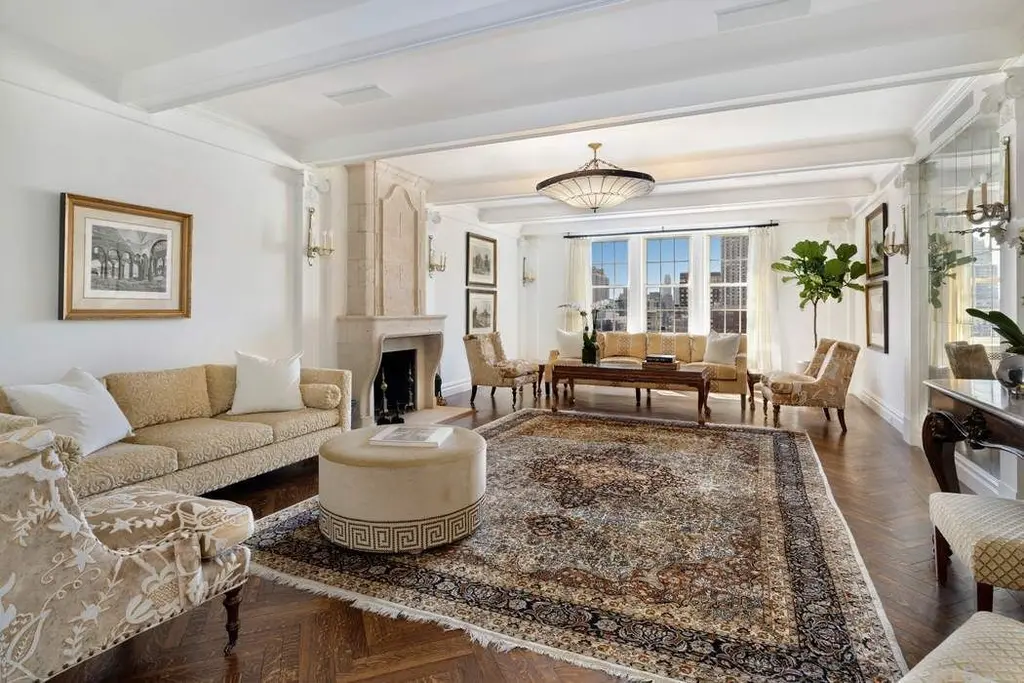
1185 Park Avenue, #PH16/17G (Sothebys International Realty)
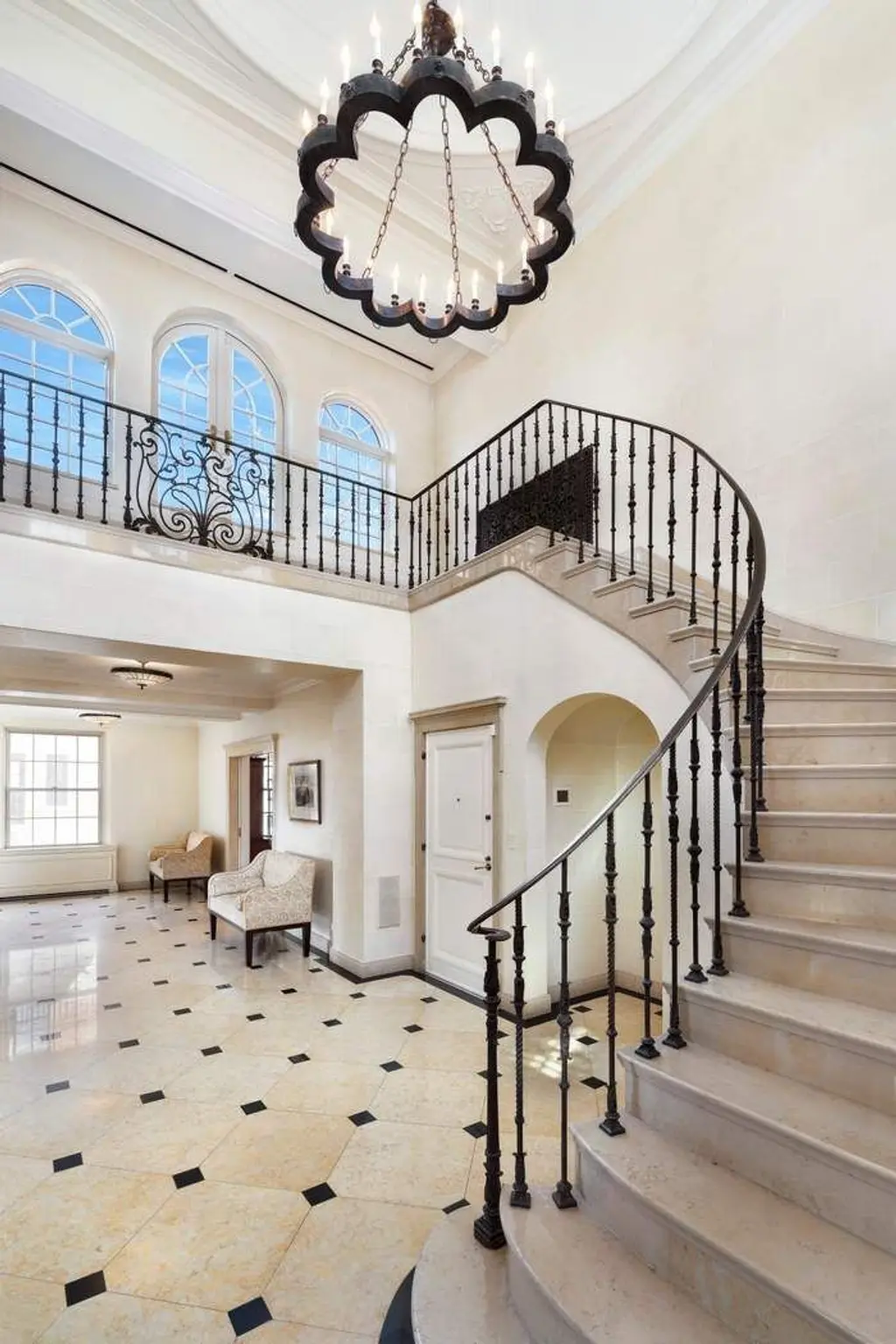
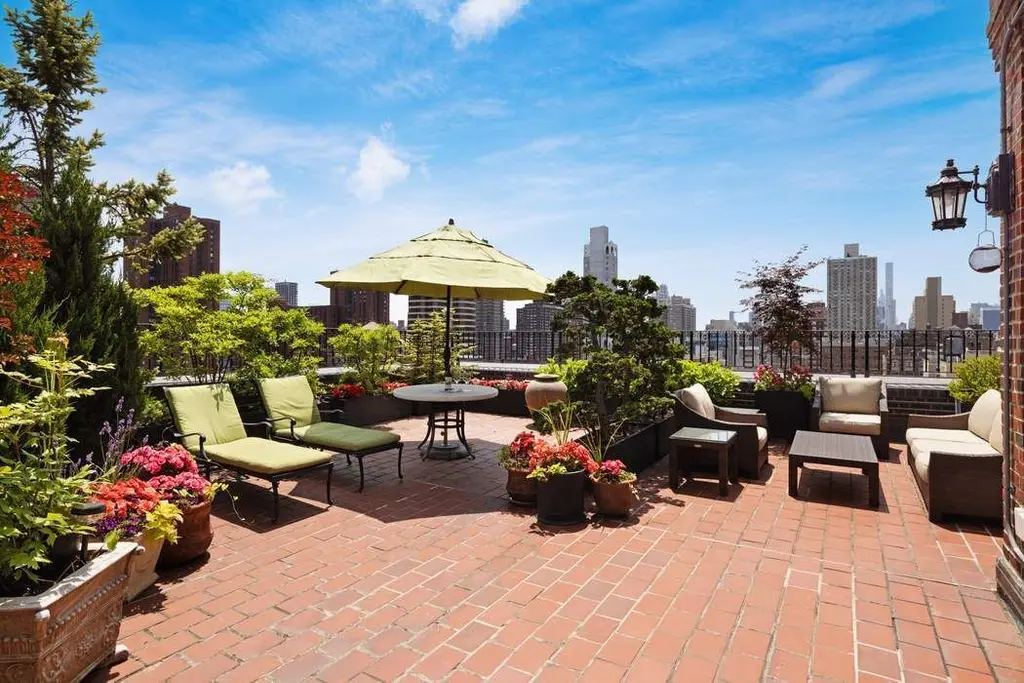
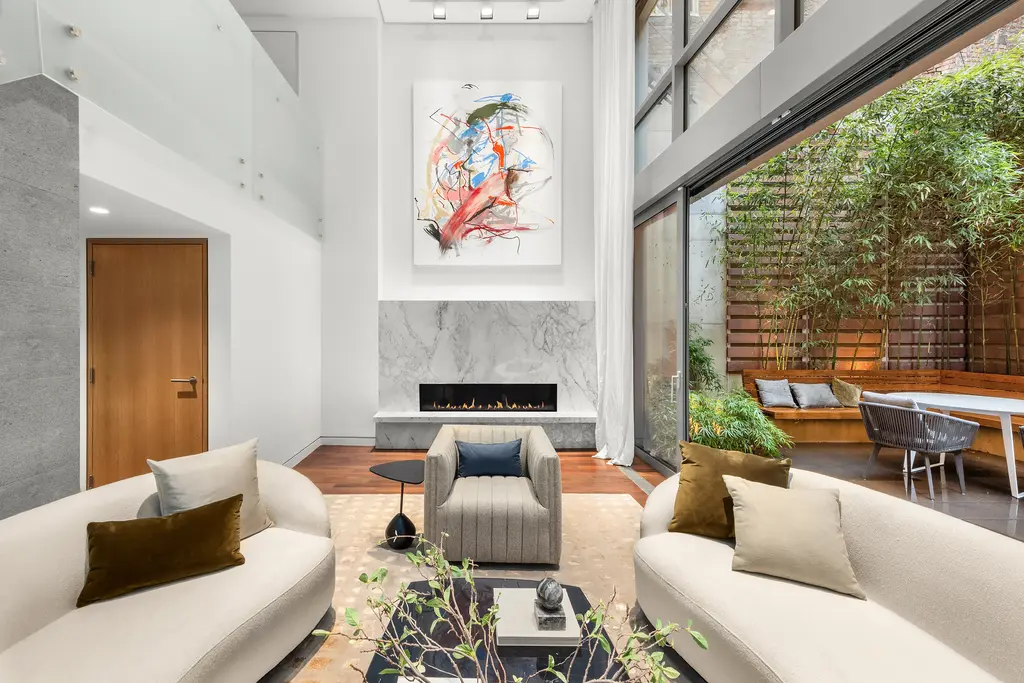
9 Minetta Street, # (Serhant LLC)
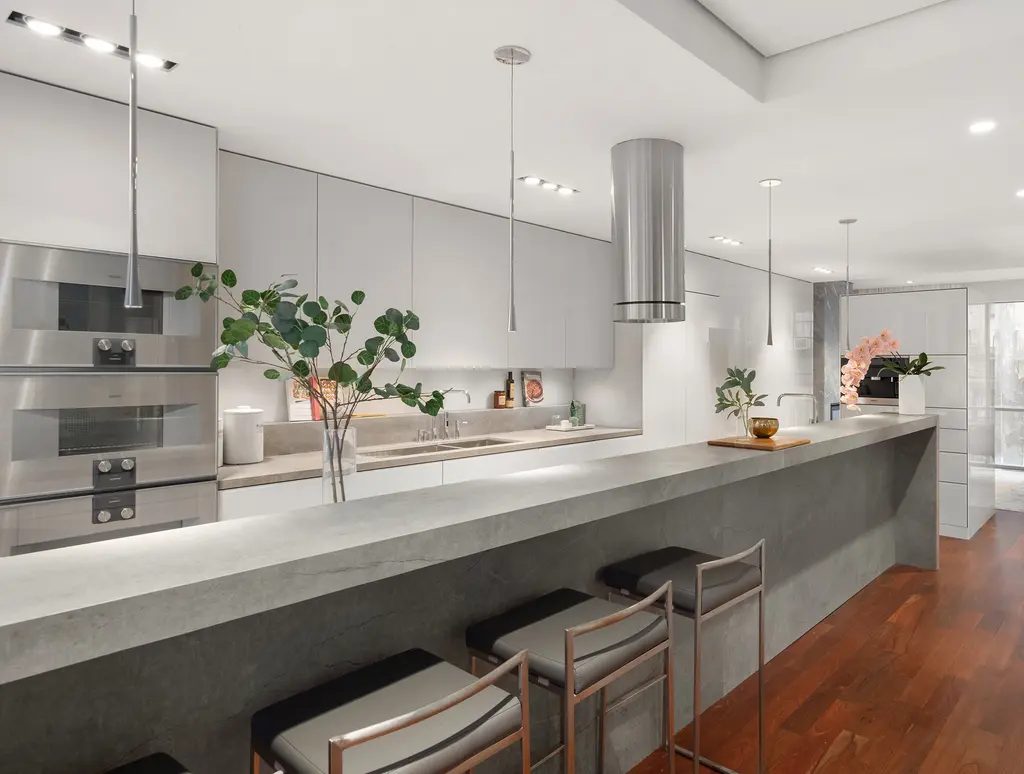
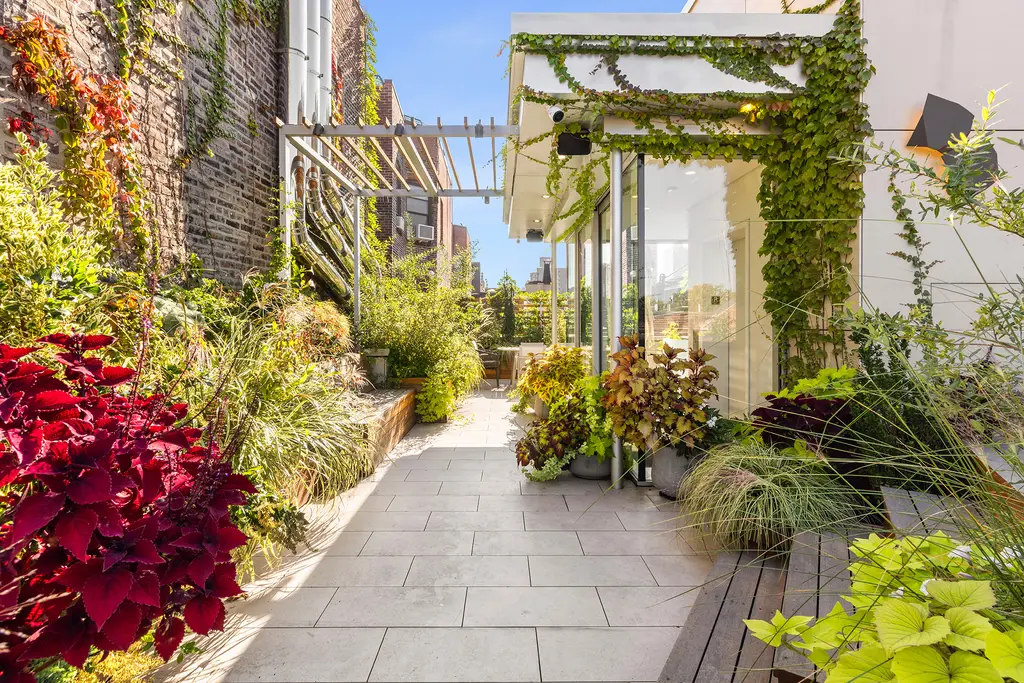
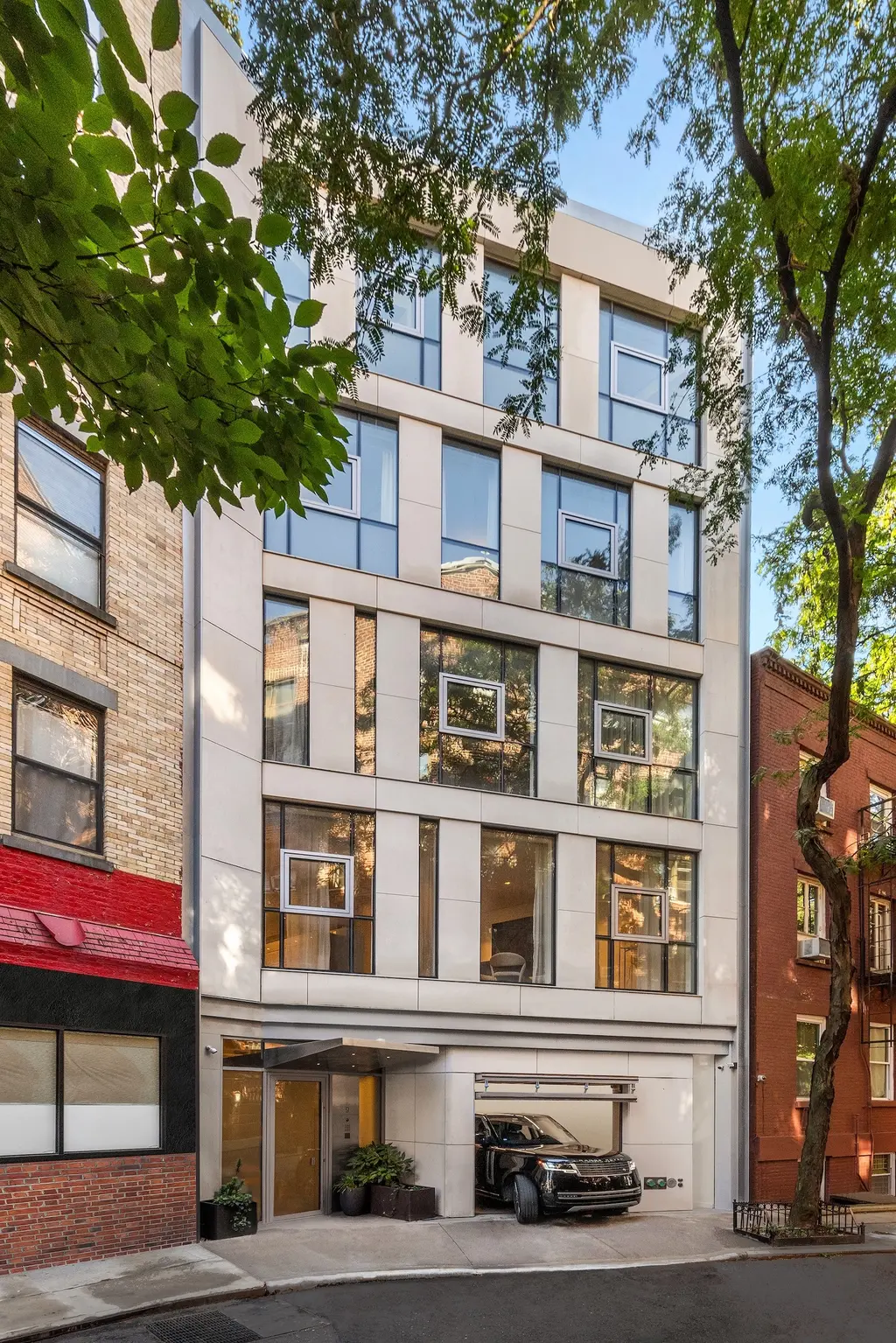
973 Fifth Avenue, #
$58,000,000 (-10.8%)
Park/Fifth Ave. to 79th St. | Townhouse | 6+ Bedrooms, 6+ Baths | 16,000 ft2
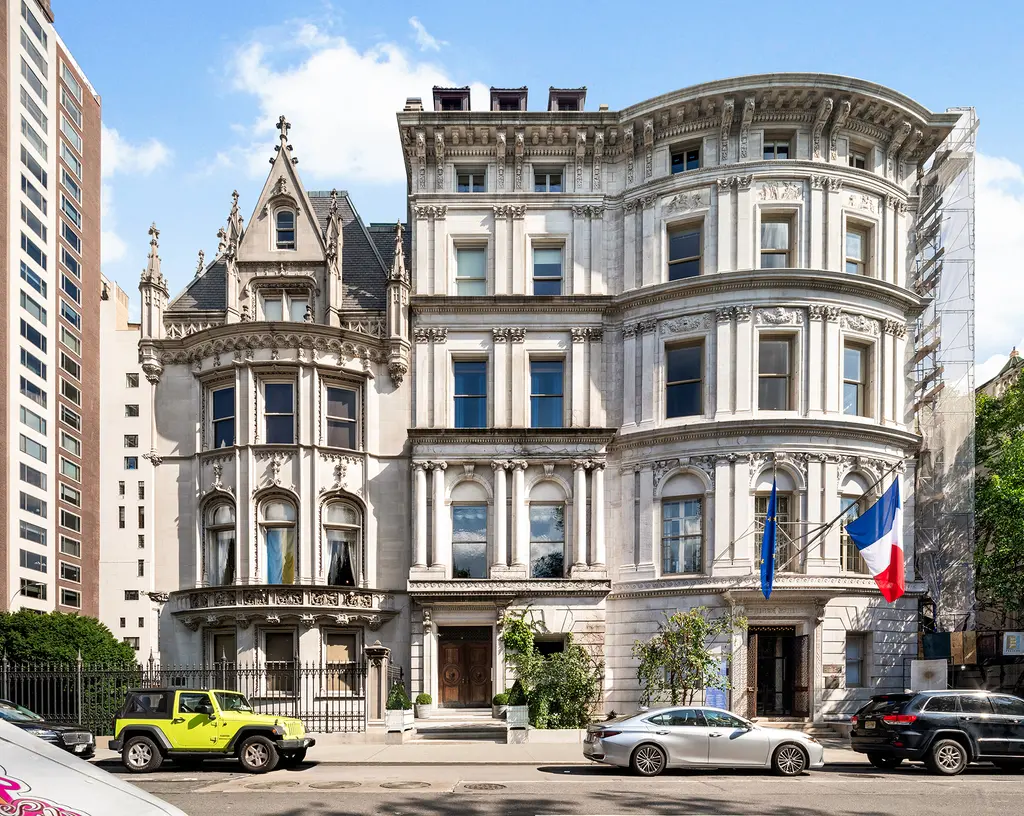
973 Fifth Avenue, # (Modlin Group LLC)
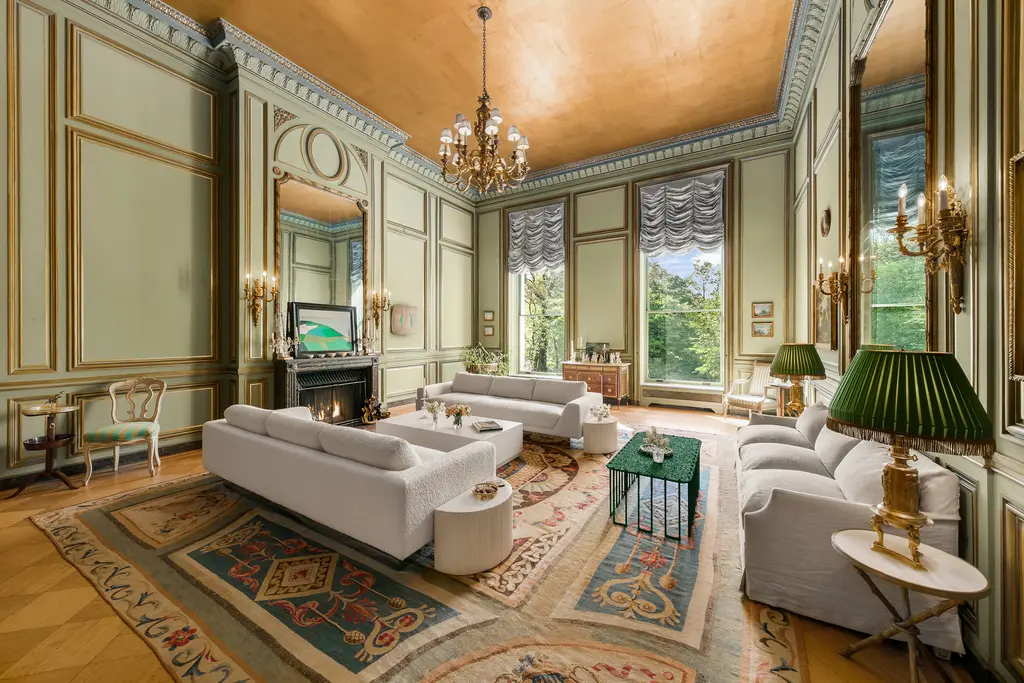
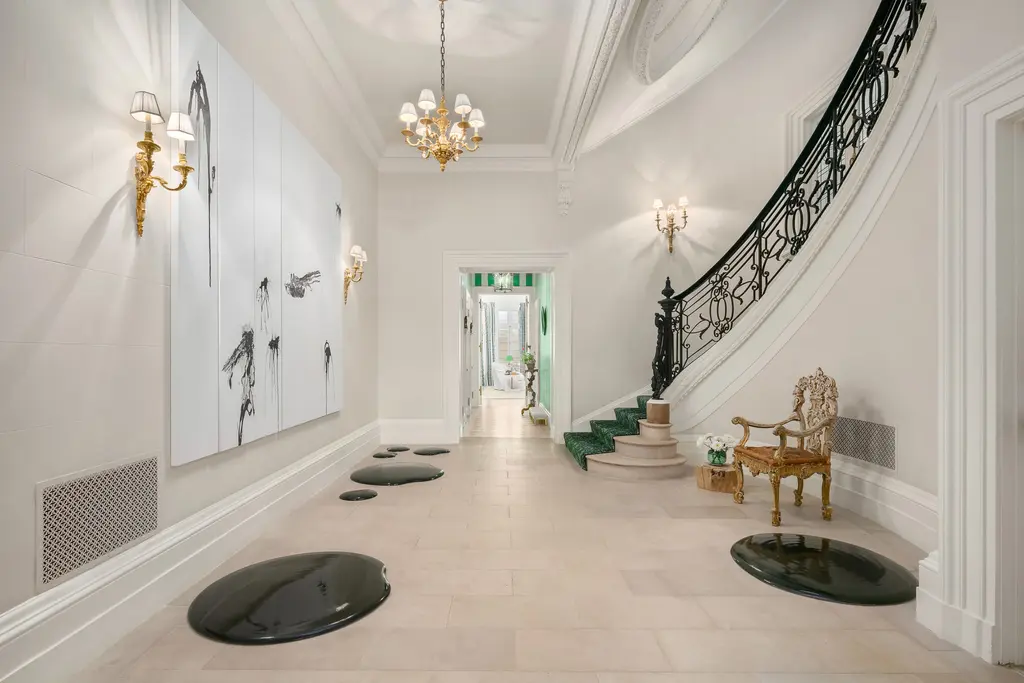
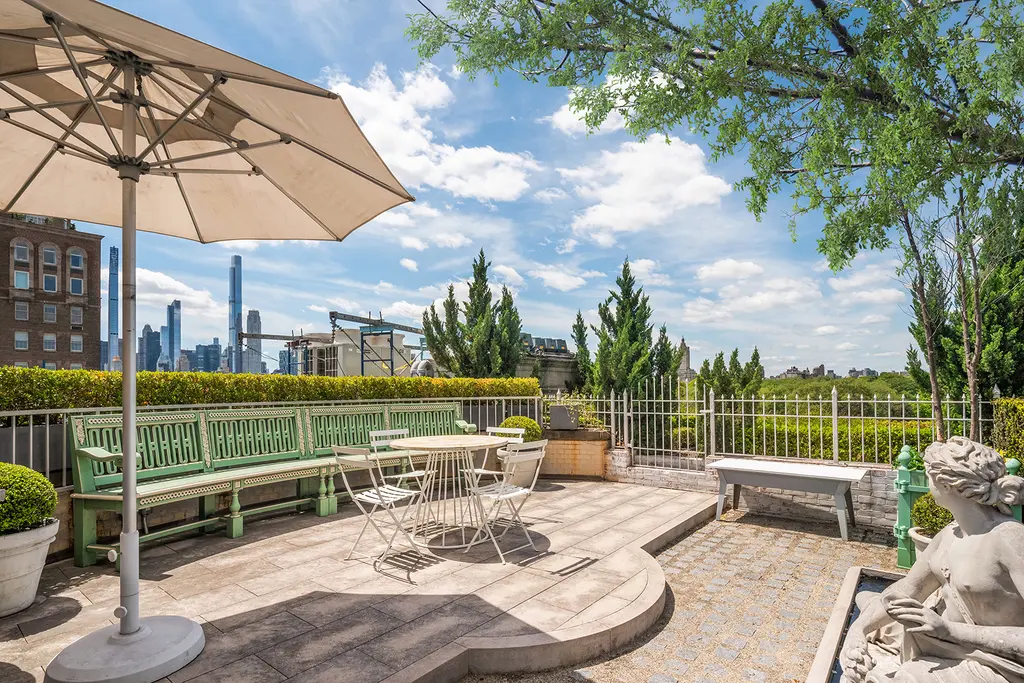
Would you like to tour any of these properties?
Just complete the info below.
Or call us at (212) 755-5544
Would you like to tour any of these properties?

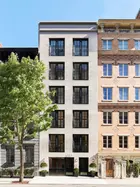
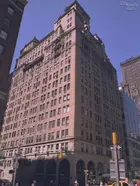
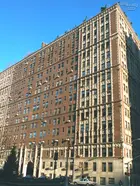
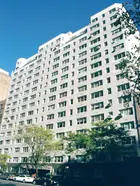
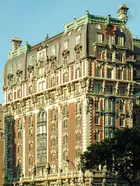
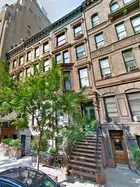
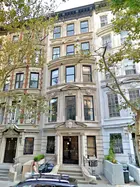
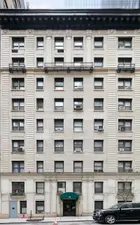
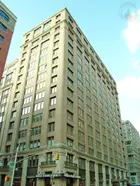
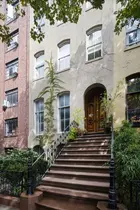
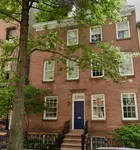
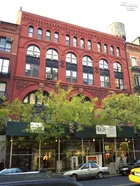
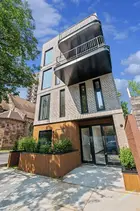
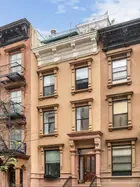
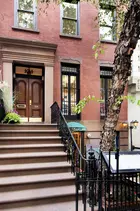
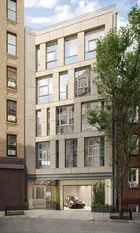
 6sqft delivers the latest on real estate, architecture, and design, straight from New York City.
6sqft delivers the latest on real estate, architecture, and design, straight from New York City.
